The Sony Bravia 9 is undoubtedly a top-tier product, with no hesitation in declaring it one of the best on the market. The manufacturer has clearly invested a great deal of effort into perfecting the dimming algorithms, ensuring they perform flawlessly. This results in an incredibly deep black and a strikingly vivid image. In HDR effects, the television excels, offering over 2000 nits of peak brightness that fills the room and immerses viewers in stunning visuals. While such figures are impressive on paper, the real-world experience surpasses expectations. Sony’s commitment to faithfully representing a film director’s vision is evident here, and the Bravia 9 succeeds. The television also provides an excellent user experience thanks to the Google TV system. The interface is intuitive, and with a vast library of applications, it offers access to a wealth of content tailored to individual preferences. Integration with Google Assistant makes it easy to search for movies, series, or music, and control other smart home devices. These features make using the television a pleasure and simplify daily life. However, not everything is flawless. The Sony Bravia 9 still has room for improvement, particularly with its HDMI port configuration. It includes only two HDMI 2.1 ports, one of which supports eARC, typically used for soundbars or home theatres. Given the premium price, one would expect at least four HDMI 2.1 ports with full bandwidth. The lack of Picture-in-Picture (PiP) functionality might disappoint some users. Despite these shortcomings, the Sony Bravia 9 remains an exceptional product. It’s the first LCD television that can truly compete with OLEDs, offering infinite contrast and a top-tier display without compromise. The Bravia 9 is nearly perfect, combining superior image quality, modern technology, and meticulous attention to detail, making every viewing experience feel like a special event.
- Matching (Score)
- Our verdict
- TV appearance
- Where to buy
- Contrast and black detail
- HDR effect quality
- Factory color reproduction
- Color reproduction after calibration
- Smoothness of tonal transitions
- Image scaling and smoothness of tonal transitions
- Blur and motion smoothness
- Console compatibility and gaming features
- Input lag
- Compatibility with PC
- Viewing angles
- TV efficiency during daytime
- Details about the matrix
- TV features
- Apps
- Playing files from USB
- Sound
Sony Bravia 9 (XR90) vs SAMSUNG OLED S95F (QD-OLED)
Direct compare
Check the best price offer:
Sony Bravia 9 (XR90)Check the best price offer:
SAMSUNG OLED S95F (QD-OLED)BRAVIA 9 / XR90
S95F / FAT / FAE

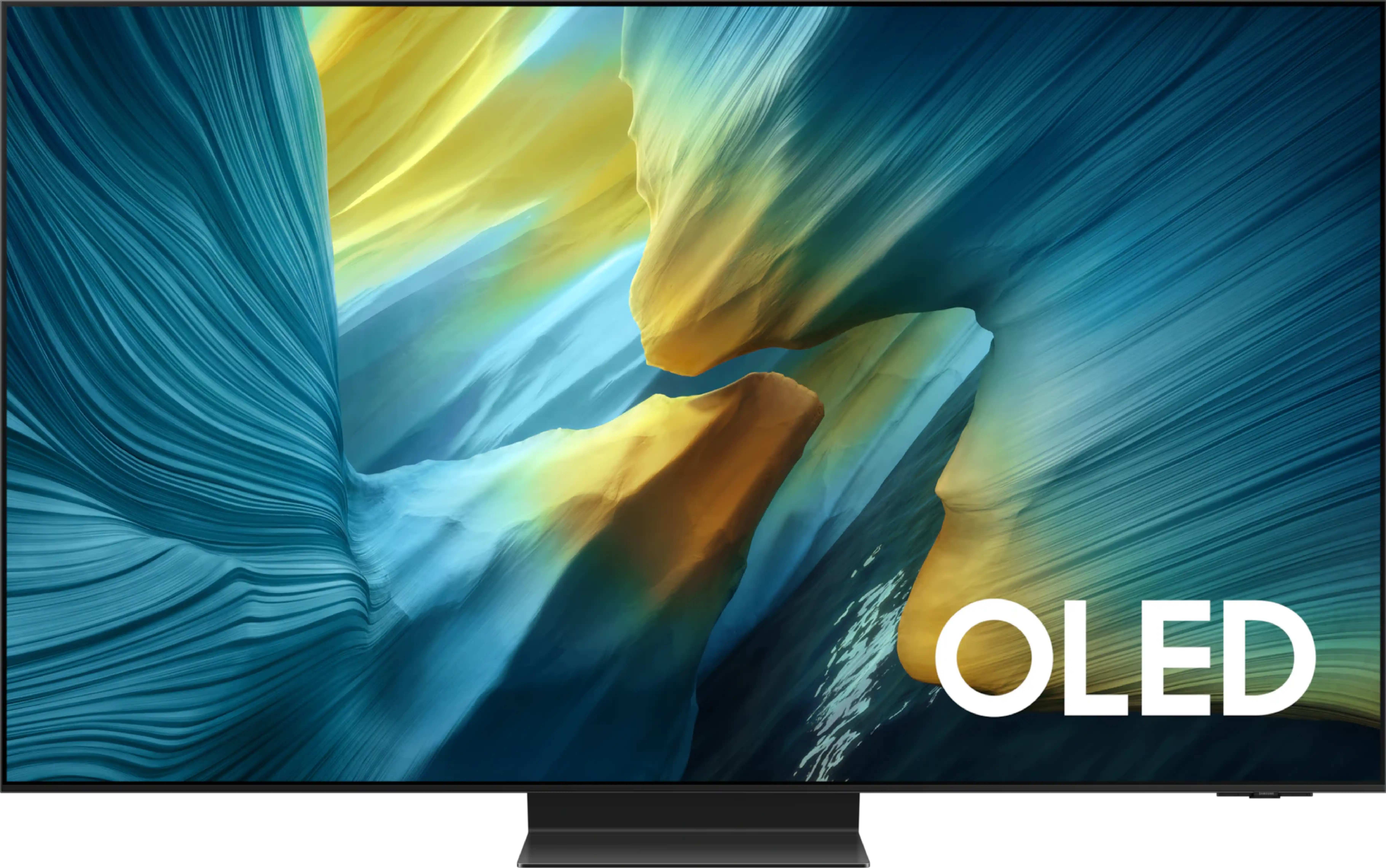
Panel type: LCD VA (wide viewing angle)
Resolution: 3840x2160
System: Google TV
Model year: 2024
Complete the survey to find out the result

Panel type: QD-OLED
Resolution: 3840x2160
System: Tizen
Model year: 2025
Complete the survey to find out the result

Overall rating
8.9
8.8
Movies and series in UHD quality
8.4
9.3
Classic TV, YouTube
8.4
9.3
Sports broadcasts (TV and apps)
8.5
9.1
Gaming on console
9.2
10.0
TV as a computer monitor
7.6
8.8
Watching in bright light
9.5
7.1
Utility functions
9.4
7.9
Apps
9.6
8.7
Sound quality
9.4
8.0
Complete the survey to find out what fits your preferences
Advantages
Amazing brightness results of HDR materials
Very good color reproduction after calibration
Advanced motion smoothing system
Noticeable positive effect of the image processor
Faithfulness to the source material
Versatile GoogleTV operating system
Good (for a VA panel) viewing angles
Perfect black and excellent contrast
High brightness of the image
Outstanding image quality after calibration
Ultra-fast QD-OLED panel 165 Hz
Best choice for gamers – full support for HDMI 2.1, VRR, ALLM, and HGiG, input lag of just 5 ms (highest rating on the portal!)
Best reflection suppression thanks to the matte screen finish
Wide viewing angles without loss of quality – top level thanks to the QD-OLED panel
Intuitive and fast Tizen operating system with a rich set of features
Modern and elegant design
One Connect module for easy aesthetic cable management
Disadvantages
Only 2 HDMI 2.1 ports - including one ARC
Missing picture-in-picture (PiP) feature
Price
No support for DTS:X (home theater)
No USB recording from built-in tuners
Cherry black effect in very challenging lighting conditions
Our verdict
The Samsung S95F is an excellent continuation and an improvement over last year's S95D model. Thanks to the QD-OLED panel, we get an image that delights from the first minutes of the viewing experience. The blacks are deep and natural, without signs of backlighting, and the brightness of the next-generation panel reaches levels that just recently seemed out of reach for OLEDs. These values are so high that the S95F can confidently be compared to the best Mini-LED screens - both in terms of HDR effect and in everyday use in bright daylight. After a slight adjustment of the settings, the television can offer a reference image that creates a cohesive and cinematic experience. However, it is not only a screen for movie lovers but also one of the absolute favorites for gamers. The 165 Hz panel with instant response, an input lag of just a few milliseconds, a full suite of gaming features – including VRR, ALLM, and excellently implemented HGiG – as well as four HDMI 2.1 ports make the S95F effortlessly meet the requirements of both next-generation console owners and PC gamers. It is a complete set of capabilities that makes the S95F one of the best gaming TVs on the market. Samsung has also taken care of user details. The matte screen finish effectively eliminates reflections, ensuring that even in a bright living room, the image remains clear and comfortable. The One Connect module organizes the cabling, moving all the connections to a separate box, which will be appreciated by anyone who likes to regularly juggle connected devices. The design of the television is slim, elegant, and thoughtful – it is clear that this is a Super Premium class product that looks great in any interior. Of course, like any device, the S95F has its minor compromises, but at this class and completeness, it is easy to forget about them.
This is a television that combines the best image quality with functionality and user comfort. Without a doubt, it stands up to the strongest competition, and it can be confidently considered as one of the main contenders for the title of TV of the Year 2025.
TV appearance




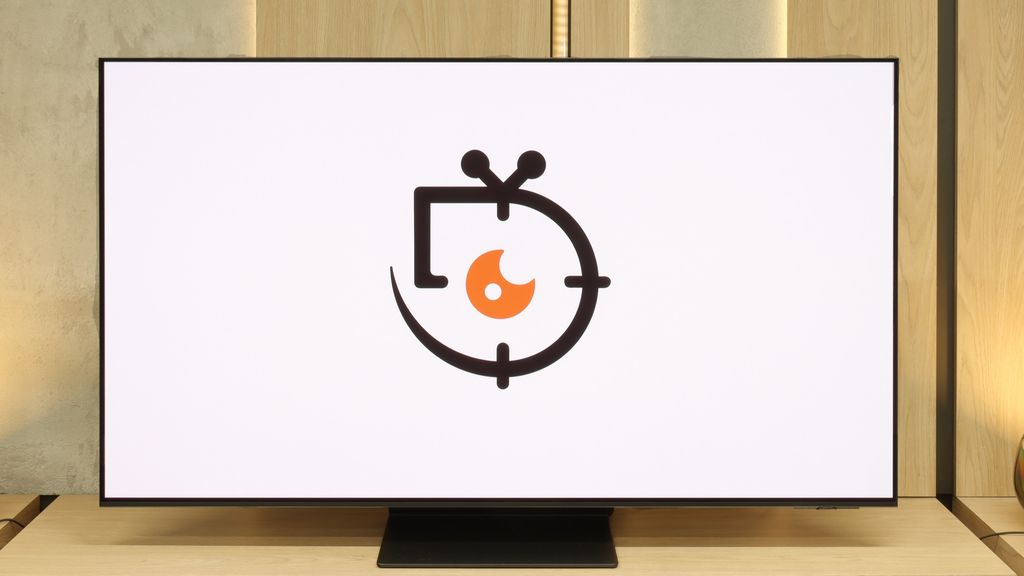
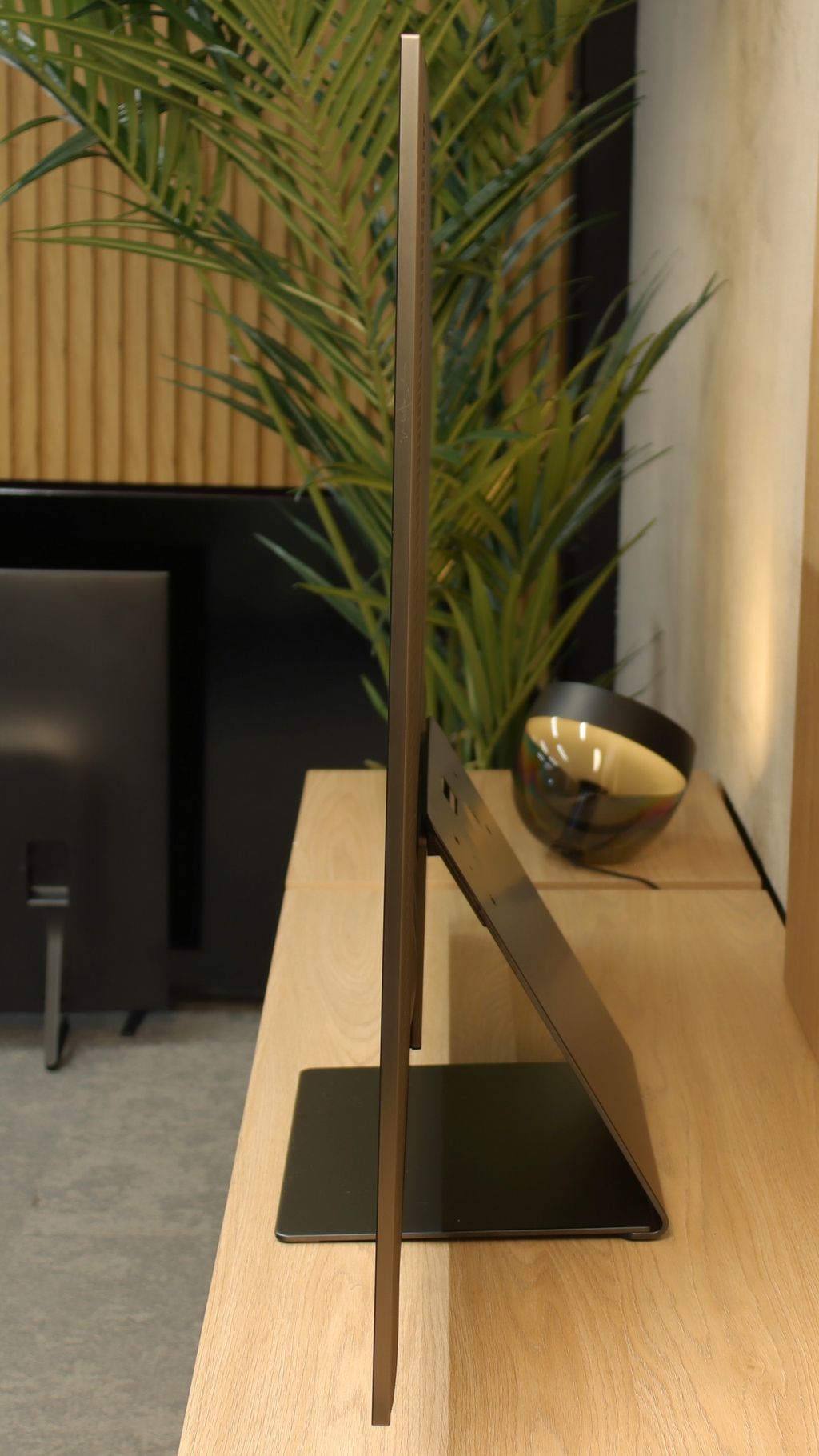
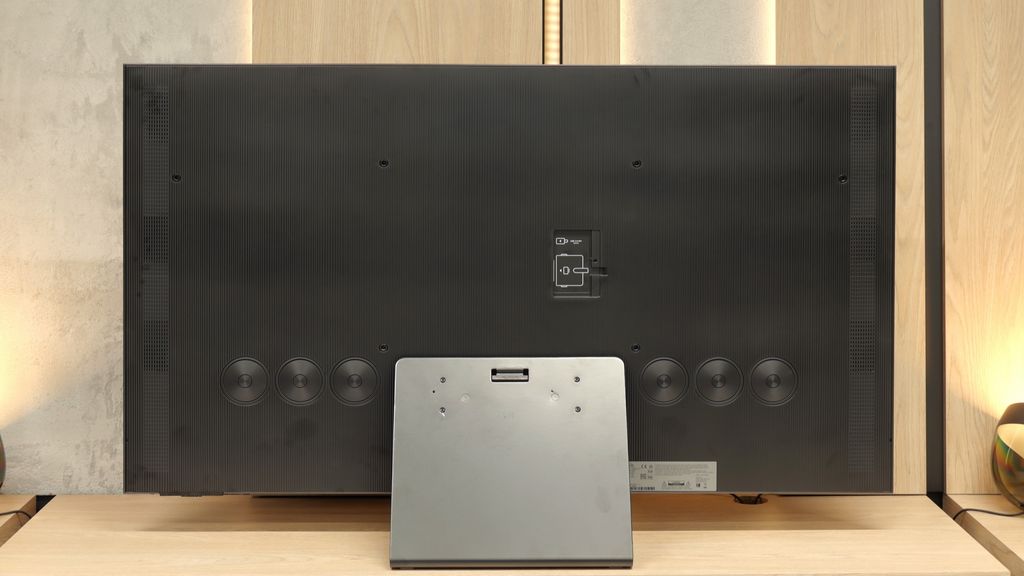
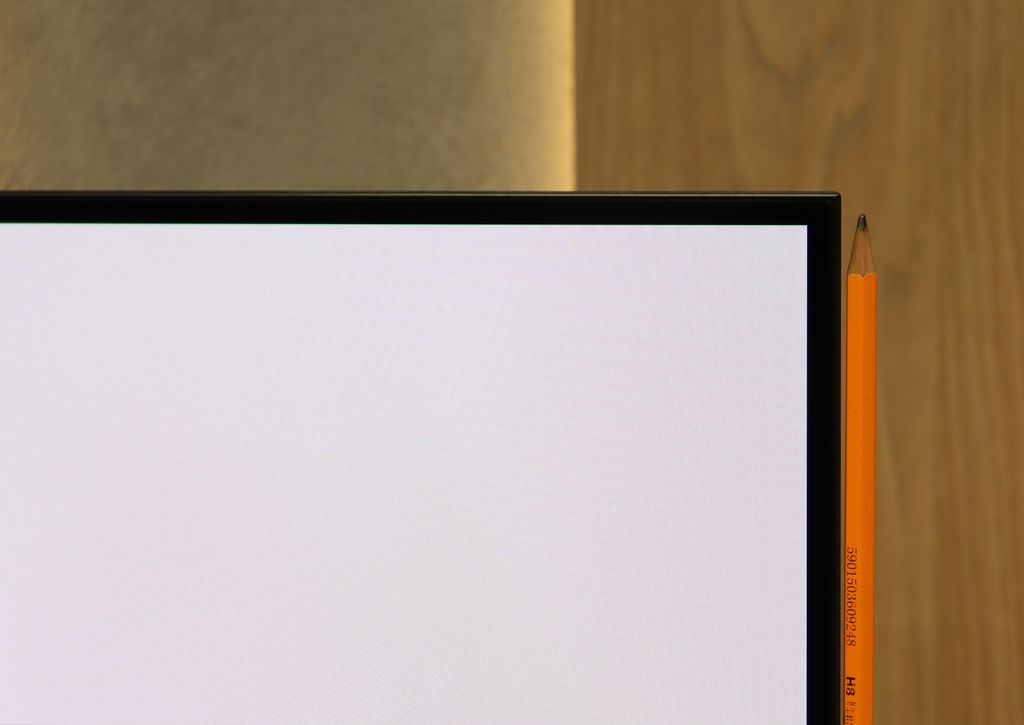
Where to buy
Contrast and black detail
8.6/10
10/10
Local dimming function: Yes, number of zones: 1920 (60 x 32)
Contrast:

Result
184,000:1

Result
98,500:1

Result
120,000:1

Result
9,050:1

Result
5,800:1

Result
∞:1

Result
∞:1

Result
∞:1

Result
∞:1

Result
∞:1
Halo effect and black detail visibility:

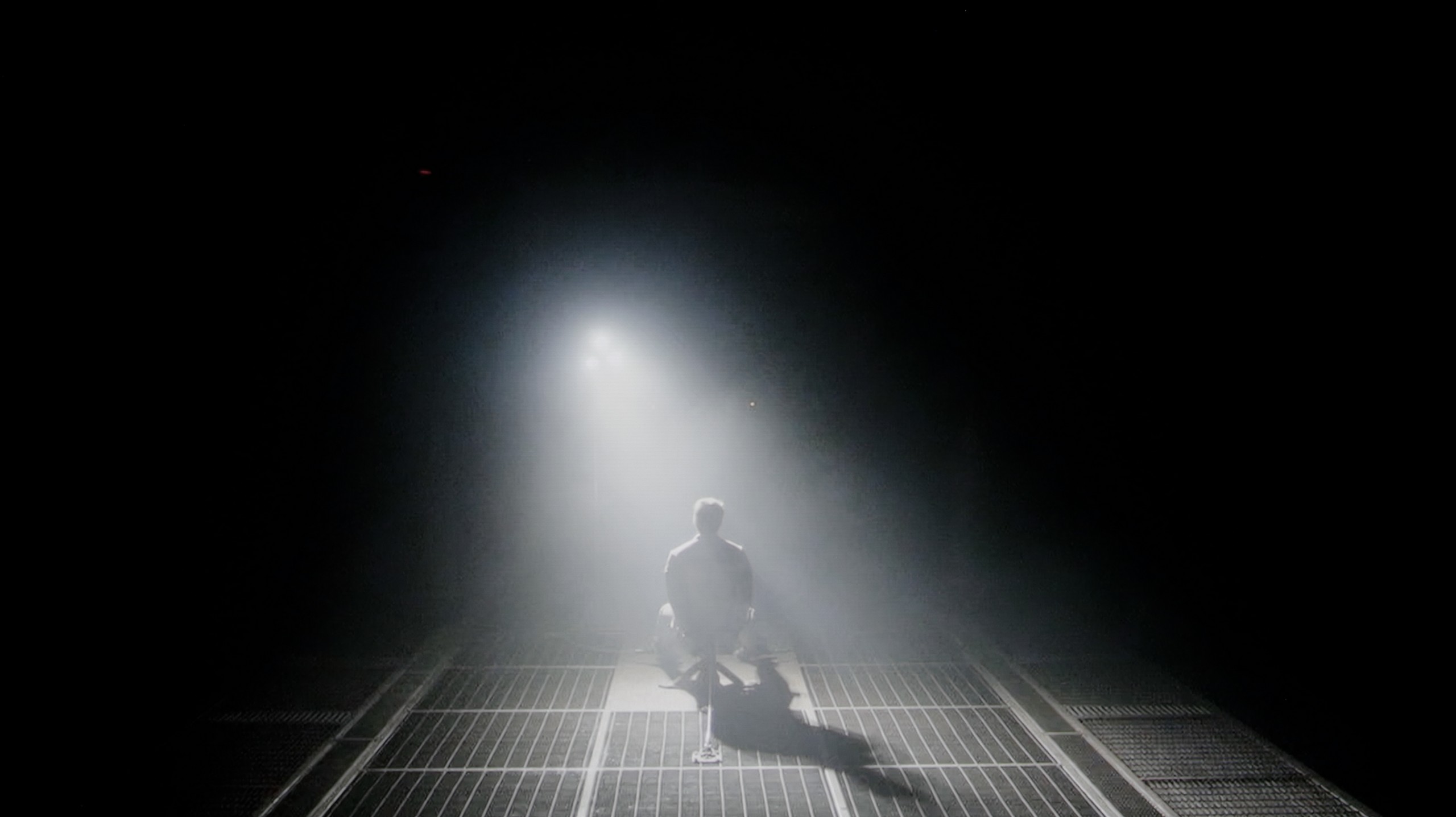
The Sony Bravia 9 features a high-contrast VA panel supported by a backlight made of Mini LED diodes, with the 75" model boasting a remarkable 1920 zones. This combination, paired with advanced — and arguably the best — zone dimming algorithms, results in exceptional contrast and deep black levels. While it doesn’t quite match the black levels of OLED TVs, the performance is still impressive, especially compared to other televisions, which struggle to reproduce a director’s intended vision.
Looking at two test scenes from Oblivion and The Revenant, we can see the backlight algorithms at work, exhibiting mature handling of contrast that preserves black levels without compromising the original image. The blooming/halo effect observed in the second film is noticeably less pronounced in person, with the camera lens amplifying the effect. Additionally, challenging details in the second and third planes of the scene are clearly visible and not lost in the black, showcasing the Bravia 9’s ability to reproduce fine details.
The Samsung S95F with a QD-OLED panel demonstrates that when it comes to black levels and contrast, it's hard to find something better. Even the first test scenes prove that this television can dim the picture to absolute black while flawlessly representing even the smallest points of light. The effect is stunning – a sky full of stars looks like it's been transported directly from an observatory, and the cinematic darkness takes on depth and drama. Details in the shadows are preserved with reference-grade accuracy, which makes the experience of watching movies at home gain a new dimension.
HDR effect quality
8.6/10
8.7/10
Luminance measurements in HDR:

Result
2199 nit

Result
1700 nit

Result
1717 nit

Result
1751 nit

Result
1741 nit

Result
2044 nit

Result
2159 nit

Result
2167 nit

Result
2180 nit

Result
1427 nit
Scene from the movie “Pan” (about 2800 nits)


Scene from the movie “Billy Lynn” (about 1100 nits)


Static HDR10


Dynamic: Dolby Vision
Dynamic: HDR10+


HDR luminance chart:
SAMSUNG OLED S95F (QD-OLED)
Luminancja HDR
Luminance of RGB colors
Sony Bravia 9 (XR90)
Luminancja HDR
Luminance of RGB colors
The brightness performance of the Sony Bravia 9 is exceptional. Each scene reaches over 1500 nits, and the television can shine even brighter during movie playback. This level of brightness provides an extraordinary viewing experience, allowing for immersive interaction with high-quality video content. Thanks to its extensive coverage of the DCI-P3 colour gamut, the image is vibrant, and when combined with such high luminance, it almost feels alive. With its impressive peak brightness, viewers can fully appreciate the colour range, even in the most challenging scenes involving dynamic lighting changes. The Bravia 9 also supports Dolby Vision and HDR10 formats, further elevating the viewing experience.
The new generation of QD-OLED panels in the Samsung S95F shows its full potential, and the brightness results are absolutely stunning. In test film scenes, such as "Life of Pi" or "Sicario 2," where smaller light elements appear – stars, the moon, or headlights – the TV was able to achieve over 2000 nits of brightness. This is a result that surpasses even most top Mini-LED models.
The secret lies in the technology itself – instead of a limited number of dimming zones like in Mini-LED TVs, we have millions of glowing pixels here, allowing the TV to fully showcase its power without technological compromises. Of course, since it is still an organic panel, in full-screen scenes flooded with white – like in the final sequence of the film The Meg – the brightness drops to around 1400 nits. Nevertheless, the result remains excellent and definitely exceeds what any OLEDs, both QD-OLED and WOLED, have offered so far. The color reproduction also deserves special attention. Thanks to QD-OLED technology, the TV achieves almost 100% coverage of the DCI-P3 color palette and about 80% in BT.2020. These values make the HDR image not only dazzling with brightness but also captivating with a richness of colors.
Factory color reproduction
8.1/10
7.2/10


Factory Mode
After calibration
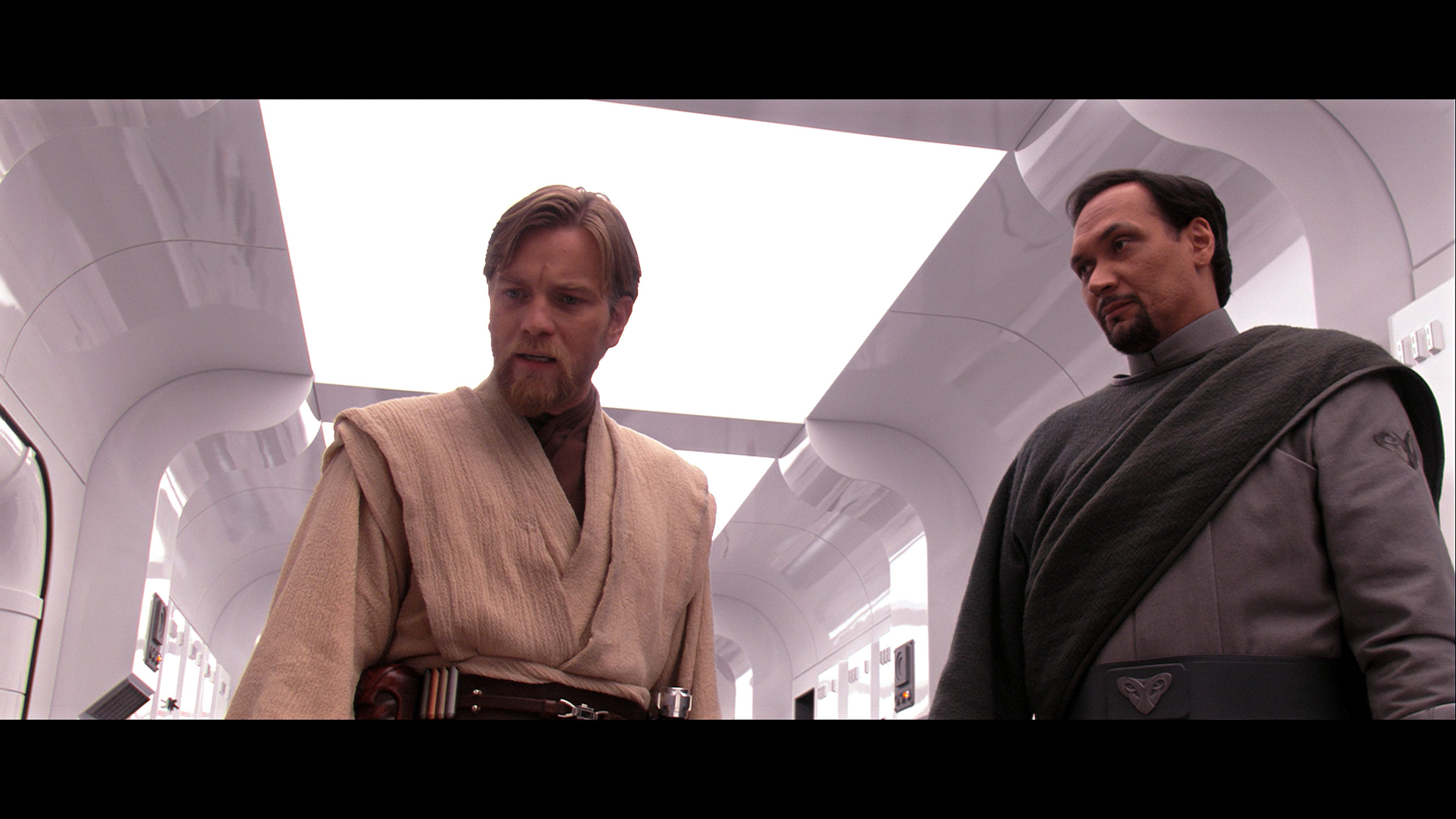
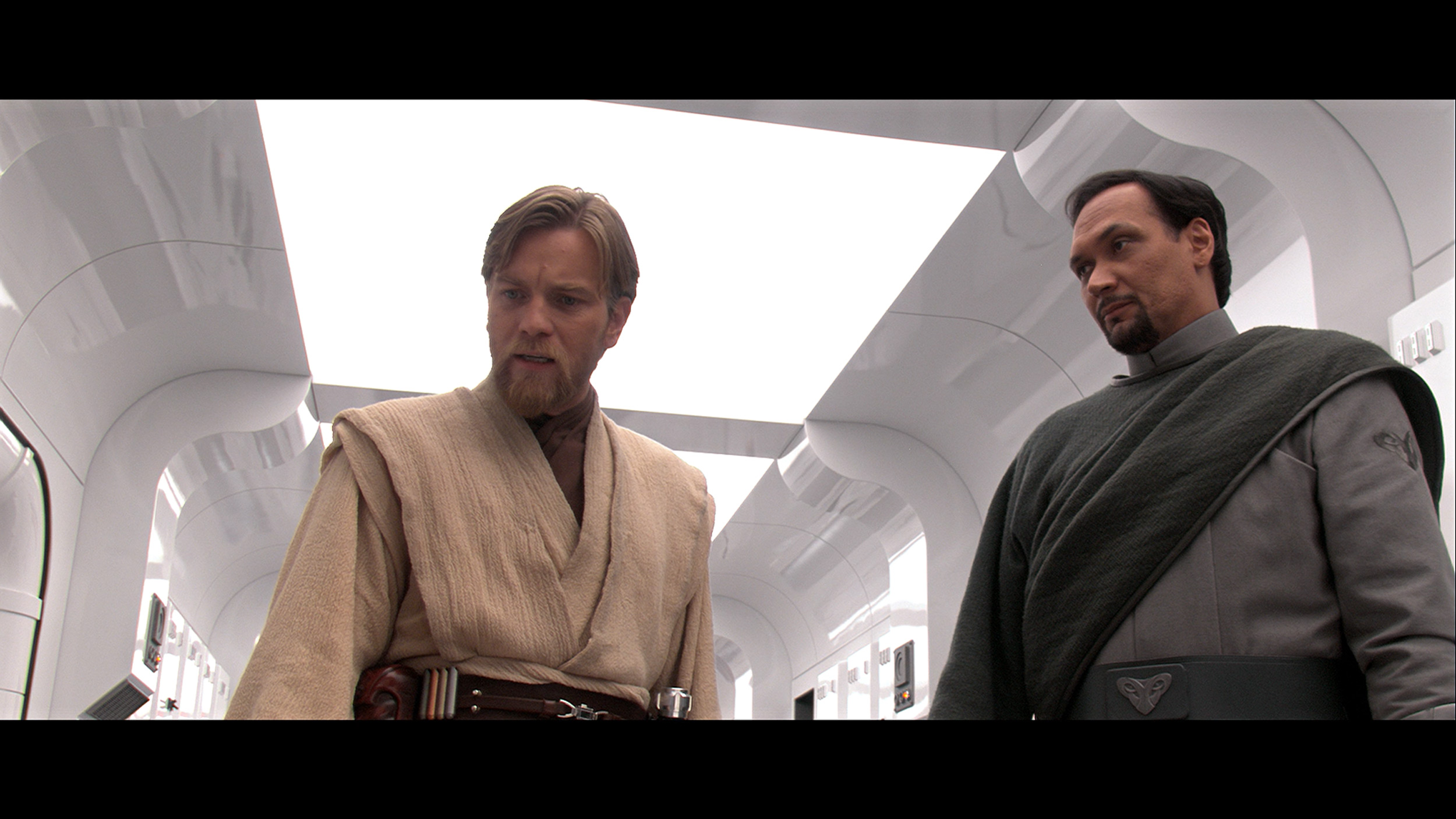
Factory Mode
After calibration
The "IMAX Enhanced" factory mode has remained the best option in Sony televisions for years, and it was used throughout the entire testing process. While it aligns closely with the reference compared to other predefined settings, improvements could be made for a better viewing experience.
In SDR materials, the gamma shows a noticeable boost, which leads to over-contrasting the image. Additionally, the beginning of the graph deviates significantly from the reference, resulting in merged details in the darker areas, creating an unpleasant uniform blotch. The EOTF curve in HDR content, on the other hand, appears mostly correct, with only minor deviations from the reference.
However, the most prominent issues affect the white balance. There is a persistent green colour dominance, leading to problems with grey tones and overall colour misalignment. This imbalance in the white balance gives the image an unwanted greenish tinge, negatively impacting the overall visual quality.
The best picture mode right out of the box is undoubtedly Filmmaker Mode – a mode that Samsung has been using for several years, designed to faithfully represent the creators' intentions. In SDR content, its implementation is not bad, although some imperfections can be noticed. The picture is slightly dimmed, and the screen has a slight pinkish tint resulting from the predominance of red and blue in the white balance. Color errors remained at a level of 3–4 ΔE units – and for the uninitiated: a value above 3 is the threshold where the average human eye begins to notice differences.
However, much larger problems arise in HDR content. Here, the white balance was not such a significant issue – a slight excess of blue did not cause major problems. The issue became managing brightness. In practice, the TV "overexposed" the image too much, causing details in the blacks to completely disappear. The final effect was far from what was expected, and the color errors in this mode became really large. It's hard to say why such a design decision was made, but it was clear that the factory HDR settings did not allow this TV to showcase its full potential.
Color reproduction after calibration
9.3/10
9.4/10

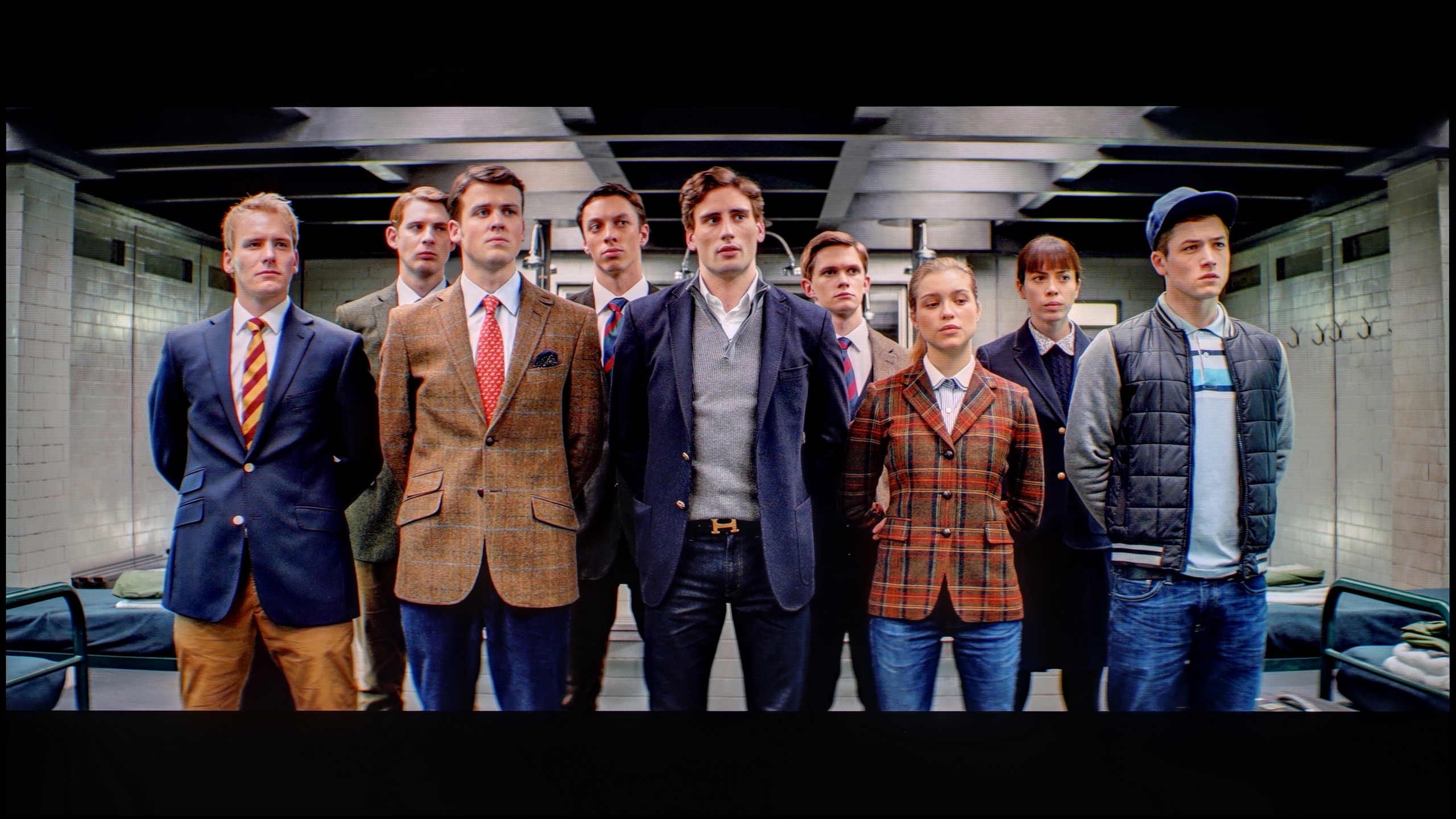

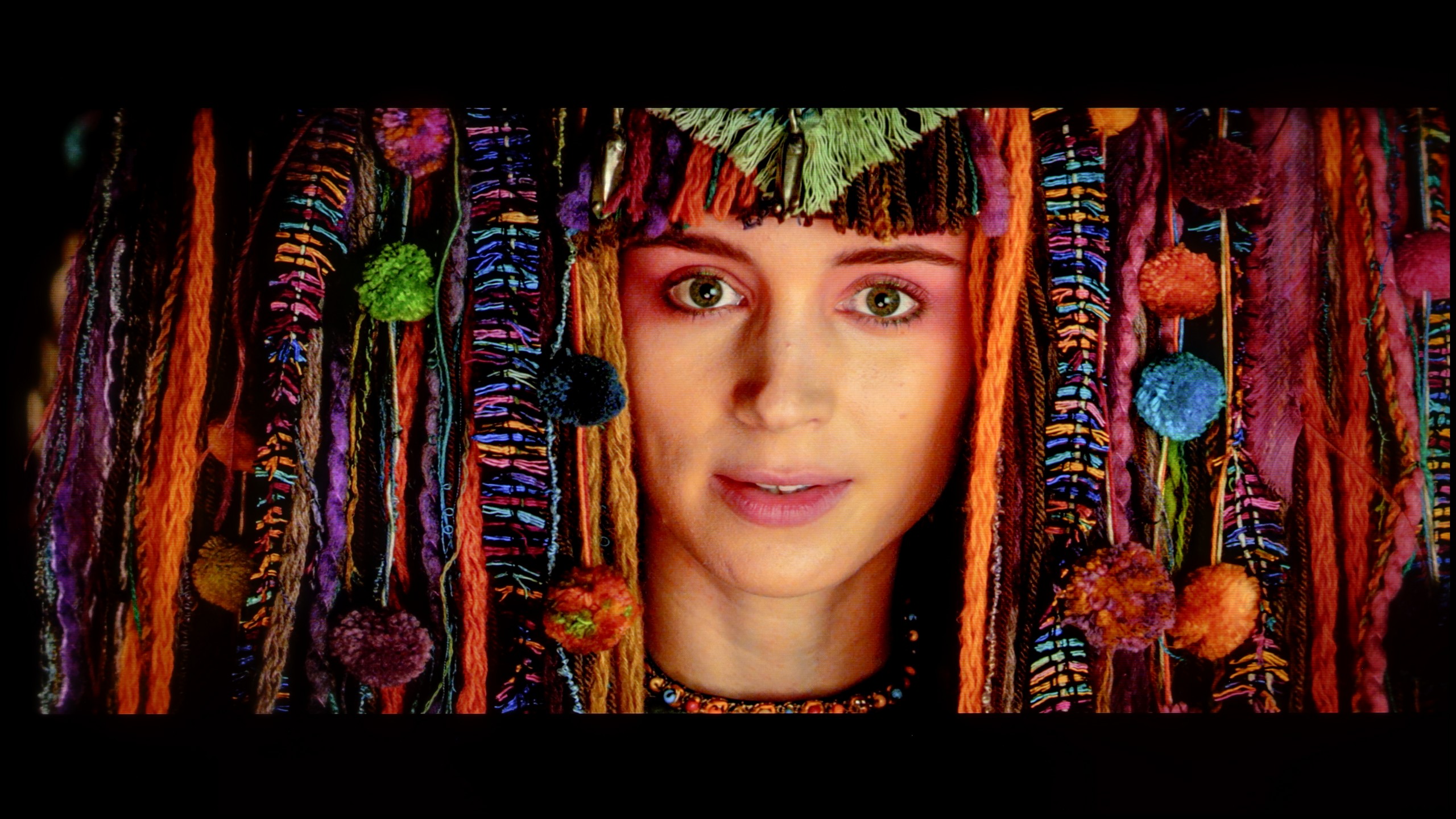
The colour reproduction after the calibration process on the Sony Bravia 9 is nothing short of excellent. Regardless of the signal, whether SDR or HDR, the image comes remarkably close to the director's intended vision. Nearly every flaw in the image has been meticulously modelled and corrected to a high degree.
This impressive result can be attributed to the advanced tools available for calibration, which Sony has been offering in its televisions for years. Notable tools include the 2- and 20-point grayscale calibration and a very comprehensive CMS (Colour Management System). These features allow for precise adjustments, ensuring that the colours and overall image quality are as accurate and faithful to the source material as possible.
After calibrating, it was possible to make subtle adjustments in white balance and significantly improve the image characteristics. In SDR content, the quality has become practically reference-level—most color errors have fallen below a ΔE value of 1, which is the level at which the human eye can no longer detect differences. This is a result that places the S95F among the absolute top televisions available on the market.
In HDR materials, calibration also brought significant improvement. The tendency of the television to overexpose the image was successfully controlled, as confirmed by the analysis of the EOTF curve. A slight tendency to brighten the entire scene or occasional loss of details in the blacks can still be observed; however, it does not significantly impact the overall perception. After calibration, the S95F showcases its full potential and can be described as one of the best televisions on the market!
Smoothness of tonal transitions
7.1/10
8.9/10





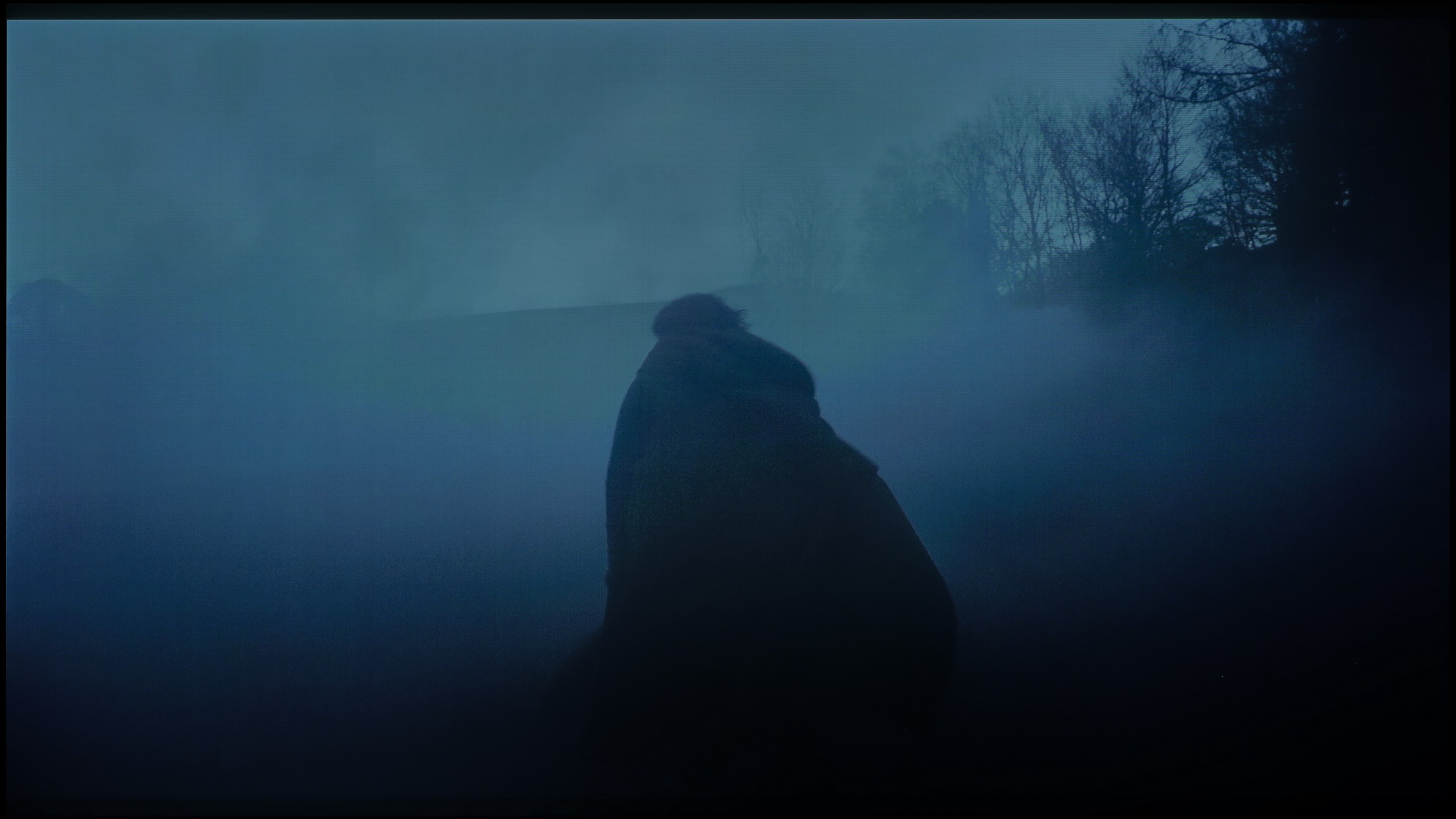

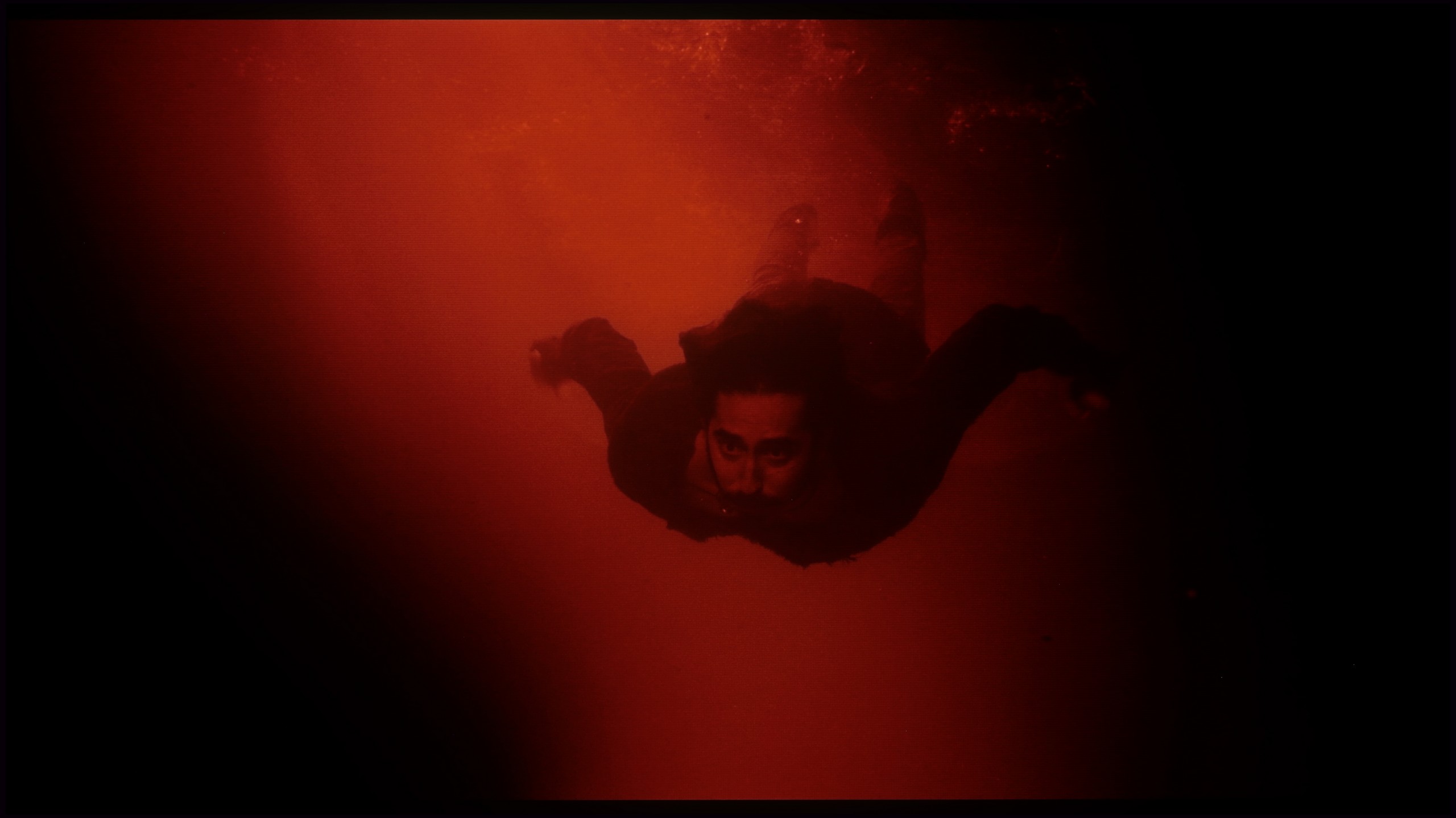




The default quality of gentle gradation on the Sony Bravia 9 without enhancement, is relatively average for its price range and class. While the issue isn't evident with bright backgrounds, it becomes quite noticeable in darker scenes. This is demonstrated in the last two test scenes, where tonal transitions are visible, which may be off-putting to those particularly sensitive to image purity.
The Samsung S95F with QD-OLED panel handles tonal transitions really well. It's hard to find any serious issues here – the color gradation is smooth, and the image looks natural. Only in very dark scenes and shades close to black can you notice slight imperfections, but they don't matter much in everyday viewing. The overall impression is that the smoothness of the transitions is at a very high level and does not distract the viewer's attention.
Image scaling and smoothness of tonal transitions
8.5/10
7.5/10
Smooth transition function

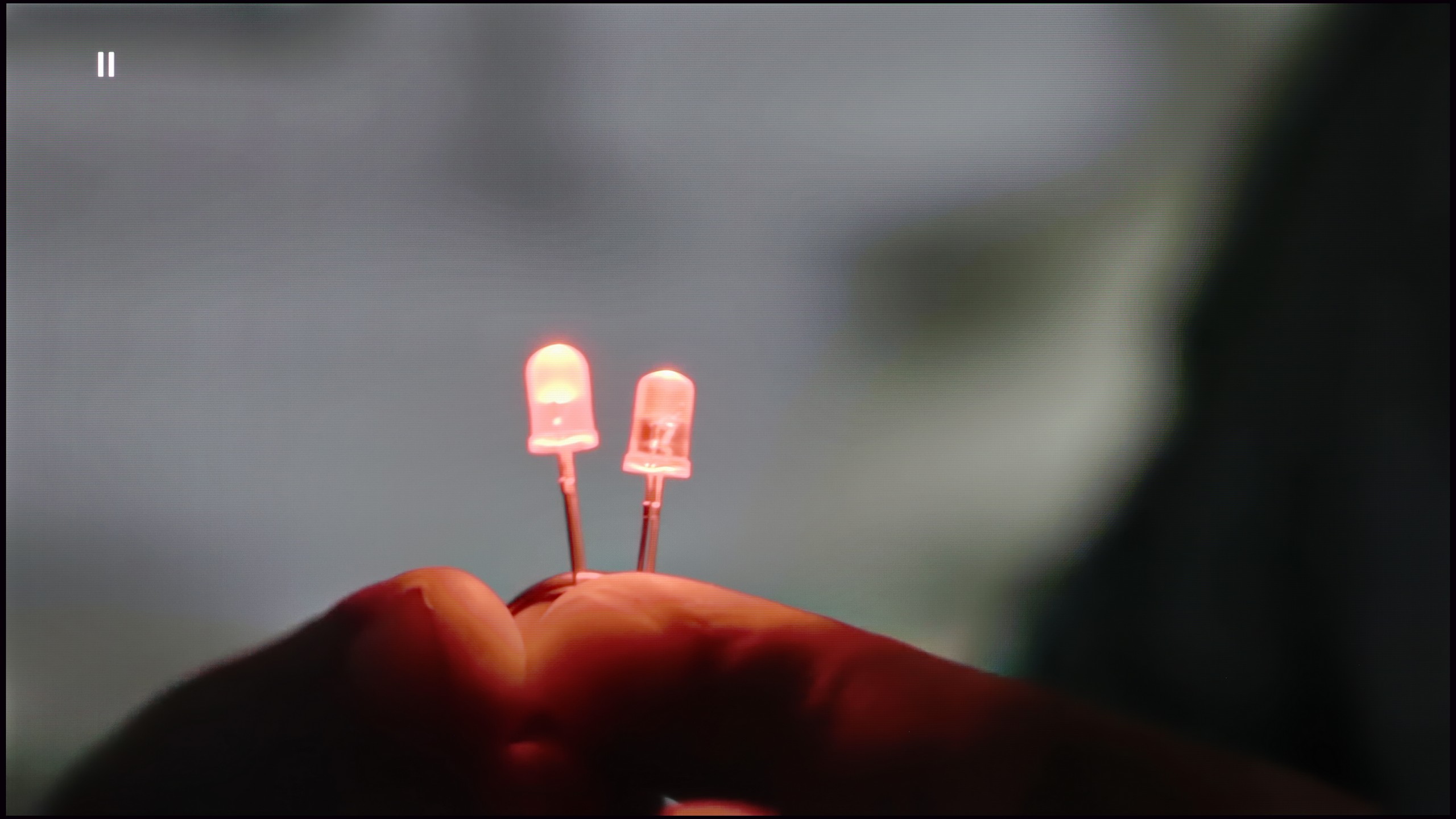
Image without overscan on the SD signal


When analysing the quality of tonal transitions and image scaling, especially for lower-quality materials, the improvement after activating the function for tonal transitions is clear. By default, the quality is quite average, but once the function is turned on, even at the lowest setting, the results are among the best we've seen. This feature can be enabled without worrying about negative side effects, such as film grain blur.
Sony's "XR" processor, which the brand has been touting for several years, lives up to its reputation for image scaling. The image quality is incredibly sharp while maintaining a very natural look. This reinforces that Sony's processing technology is one of the best available, particularly when handling lower-resolution content.
The Samsung S95F offers a noise reduction feature that smooths tonal transitions. It works very effectively, but in practice, it can be too aggressive. Materials of lower quality – such as older recordings or videos from YouTube – become soft and plastic when this feature is turned on, resembling an image digitally smoothed in a graphics program. Unfortunately, this also causes the natural film grain, which often adds authenticity to the image, to disappear. Fortunately, the TV does not lose too many fine details, such as in skin textures or elements of the surroundings. Therefore, this feature is best used with caution – depending on preferences, one can achieve a smooth image, but less natural, or one that is more faithful to the original. In our opinion, the most universal choice is the “Standard” setting.
The image scaling performs significantly better. The TV handles lower resolution materials well – even 576p content looks quite decent, although a slight blockiness can be noticed. Overall, the effect is very good, although it is somewhat inferior to what Sony Bravia 8 (II) or LG G5 can achieve. It's also worth mentioning a small imperfection of the S95F – in older materials, overscan may occur, causing a slight cropping of the left edge of the image.
Blur and motion smoothness
8.5/10
9/10

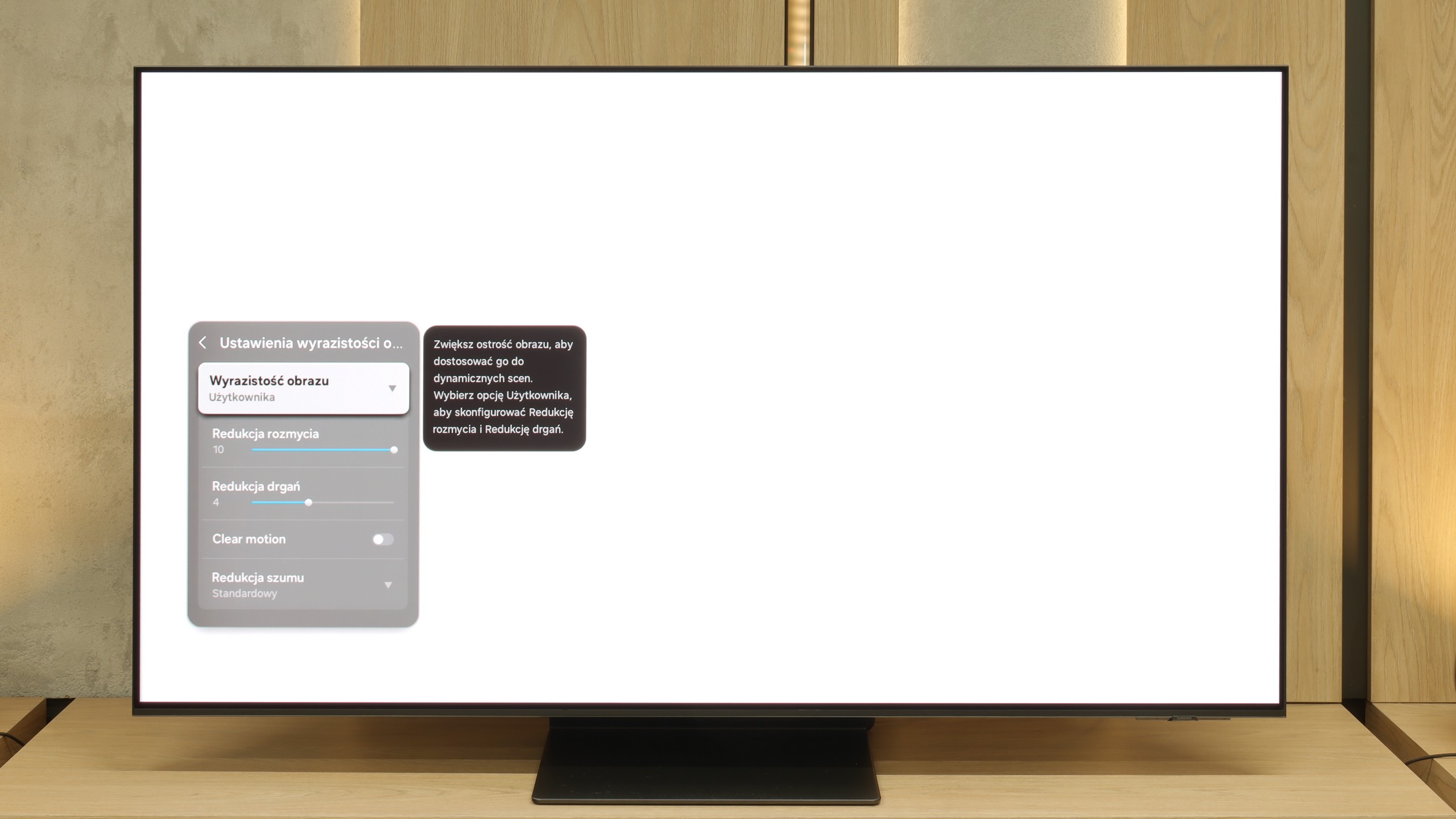
Blur (native resolution, maximum refresh rate):




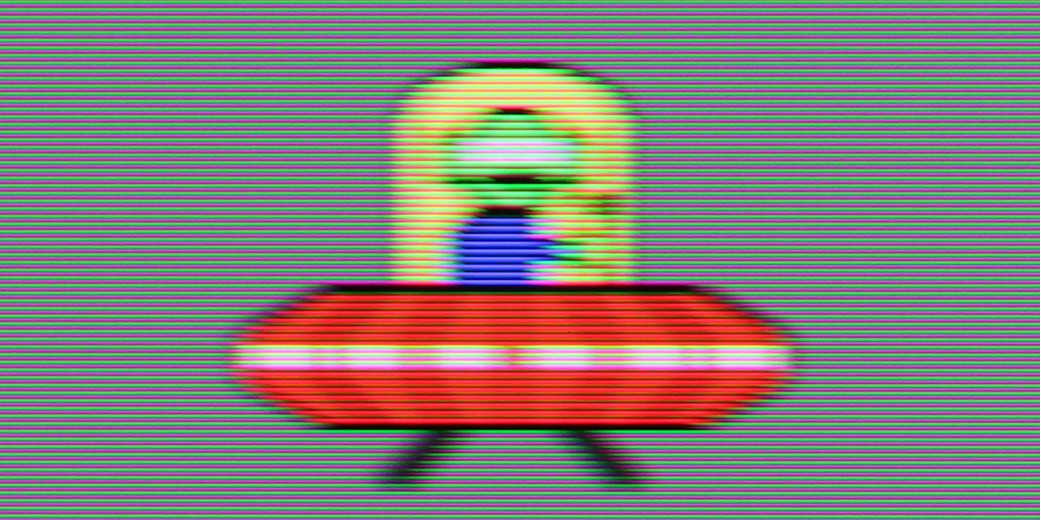
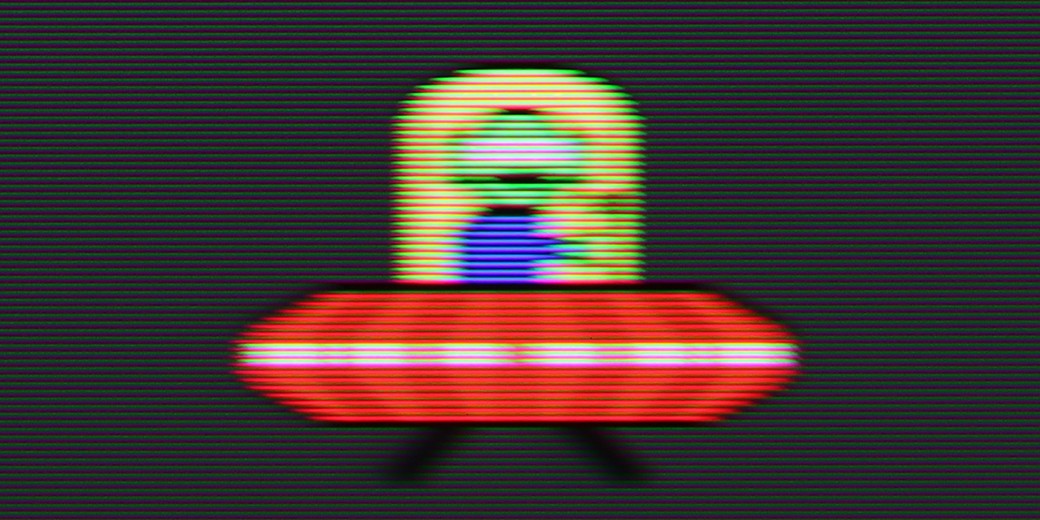
Blur (BFI function enabled):



Image flickers in this mode
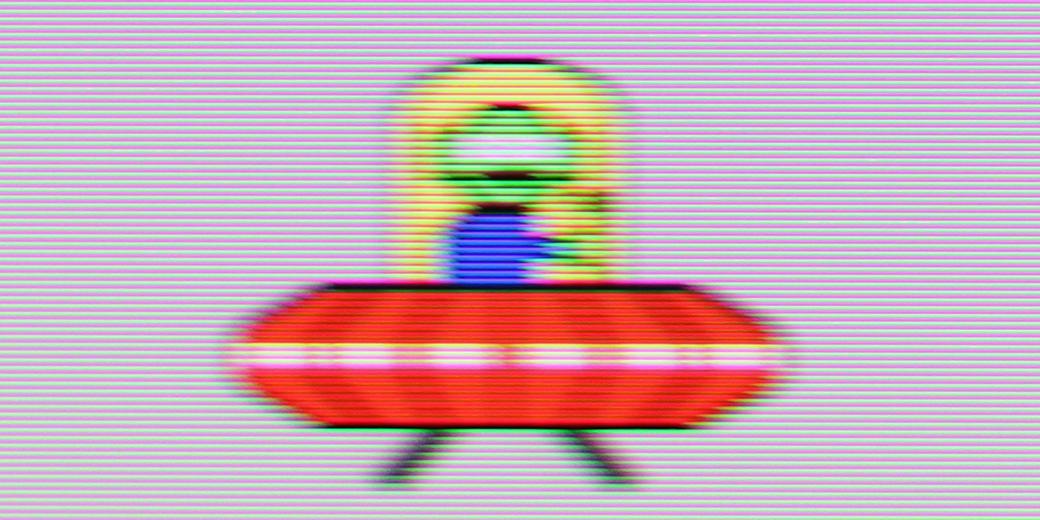
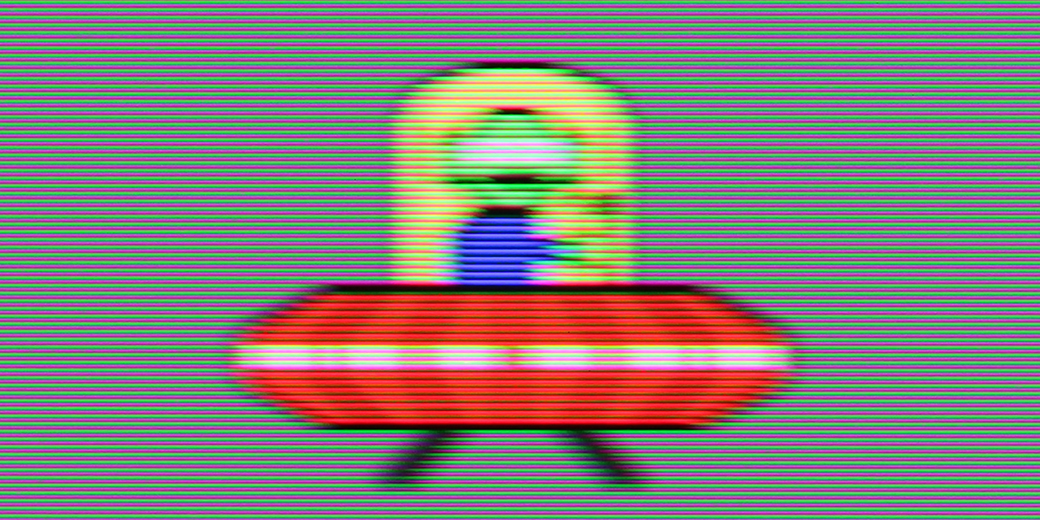
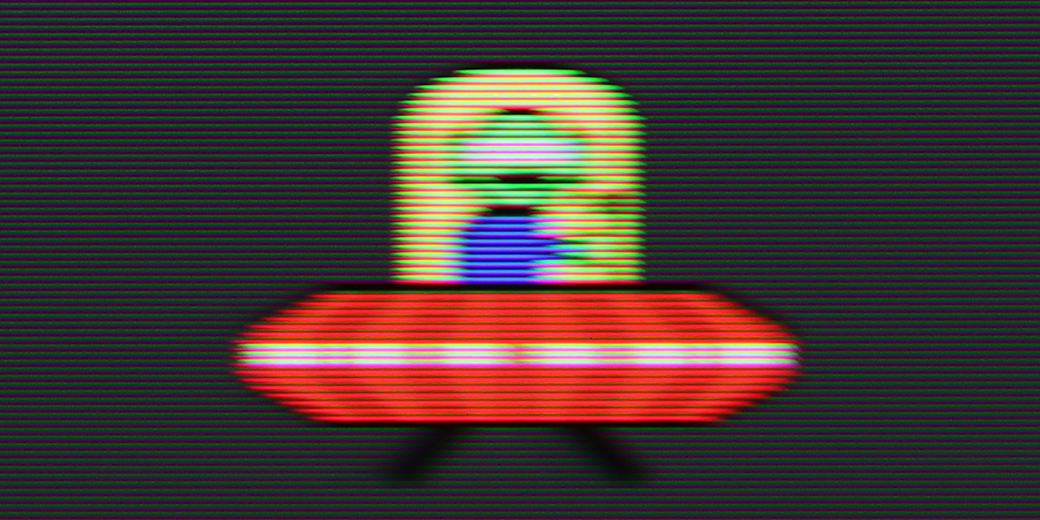
Smużenie ():
Smużenie (4K@165Hz):

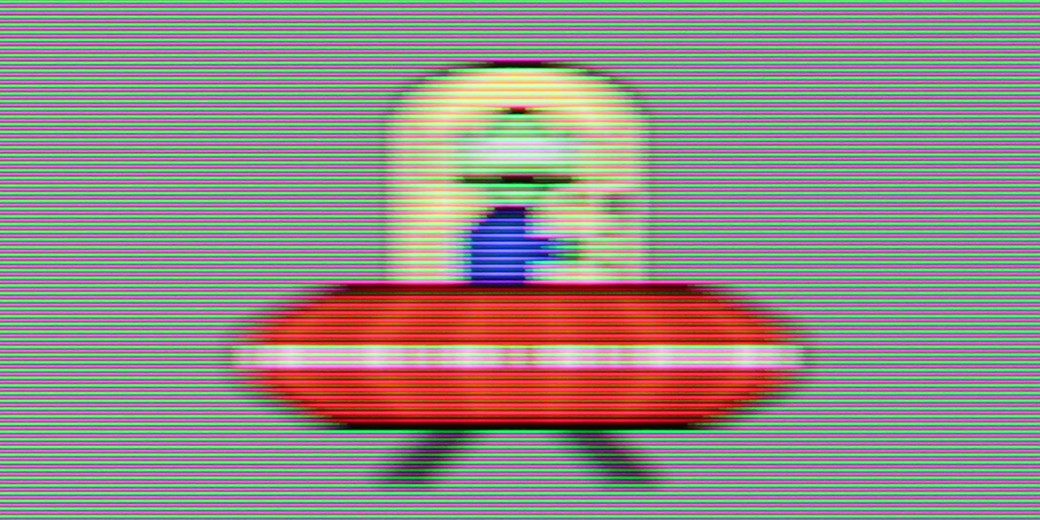
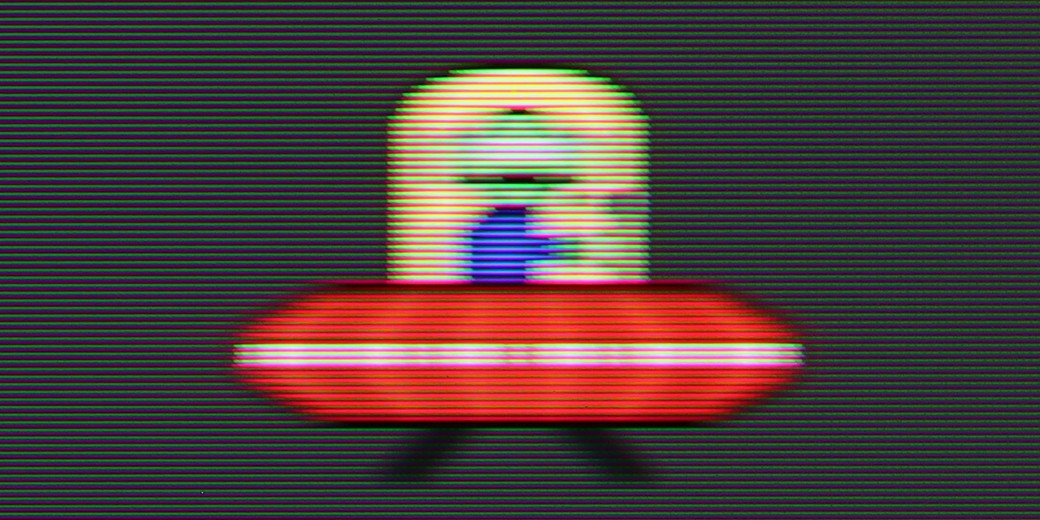
The maximum refresh rate of the Sony Bravia 9 is 120 Hz, the minimum for those primarily watching sports or other high-motion content. This refresh rate ensures the image remains sharp and smooth, even during fast-paced scenes. For more demanding users, Sony has implemented an advanced motion smoothing system, divided into three distinct segments: Smoothness (Film), Smoothness (Camera), and Clarity. These settings can be adjusted to various degrees, allowing users to fine-tune the picture to their preferences. For example, a setting with slight smoothing can be used to avoid the "soap opera effect," delivering a more natural and cinematic viewing experience. This level of customisation ensures that viewers can find their ideal balance between smoothness and clarity.
The Samsung S95F demonstrates phenomenal motion fluidity. The panel itself operates at a native 4K resolution with a refresh rate of up to 165 Hz, and combined with QD-OLED organic technology, it delivers incredible results. Sports and games look amazing – the image is fast, dynamic, and very natural. Additionally, the built-in motion smoother and motion blur reduction system allow you to adjust the character of the image to your preferences. You can opt for a more "frame" effect with visible film structure or a smooth, theatrical performance. Every viewer will find a setting that suits them.
Console compatibility and gaming features
9.4/10
9.6/10
- ALLM
- VRR
- VRR range48 - 120Hz48 - 165Hz
- Dolby Vision Game Mode
- Correct implementation of HGIG
- 1080p@120Hz
- 1440p@120Hz
- 4K@120Hz
- Game bar

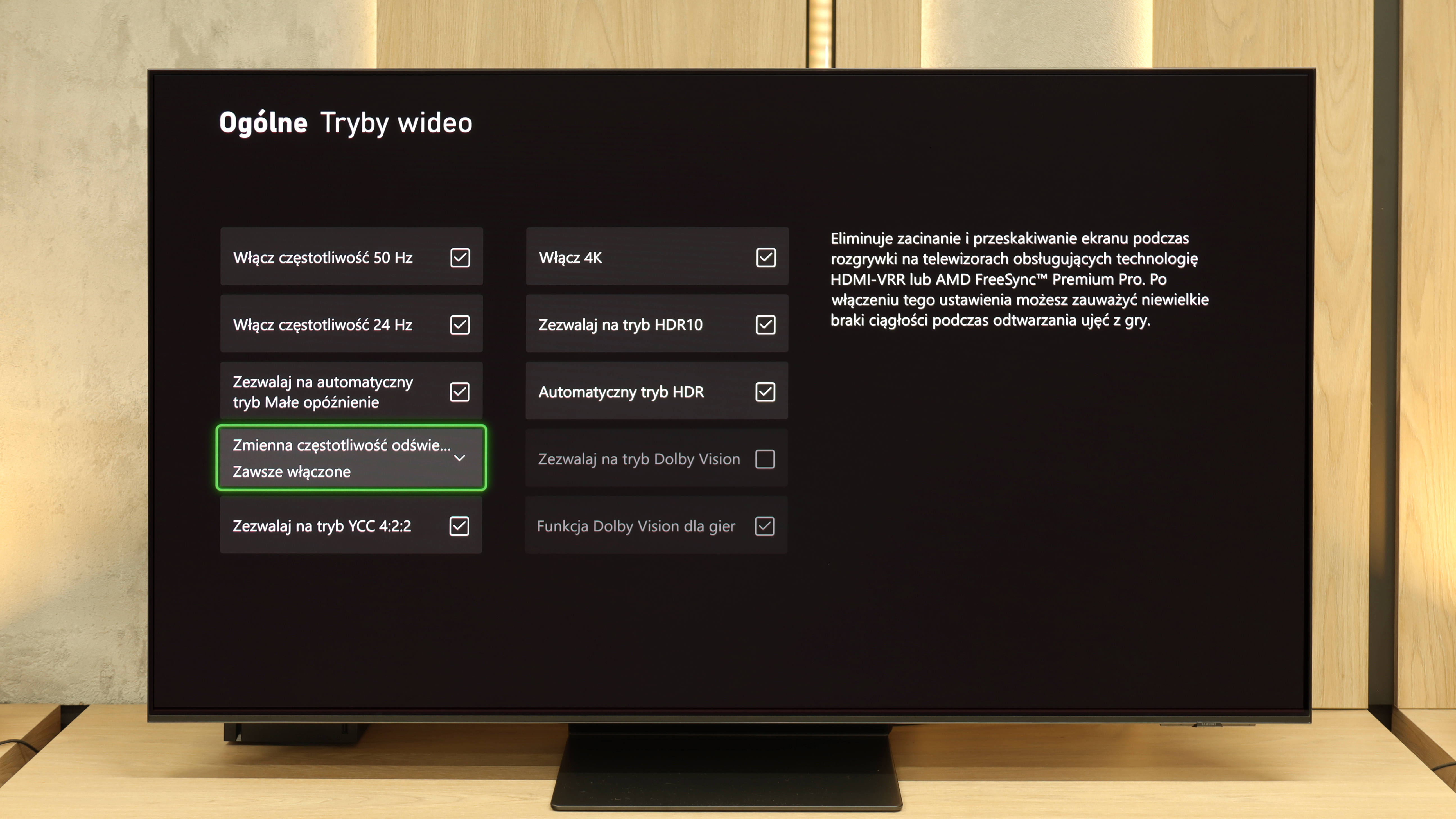

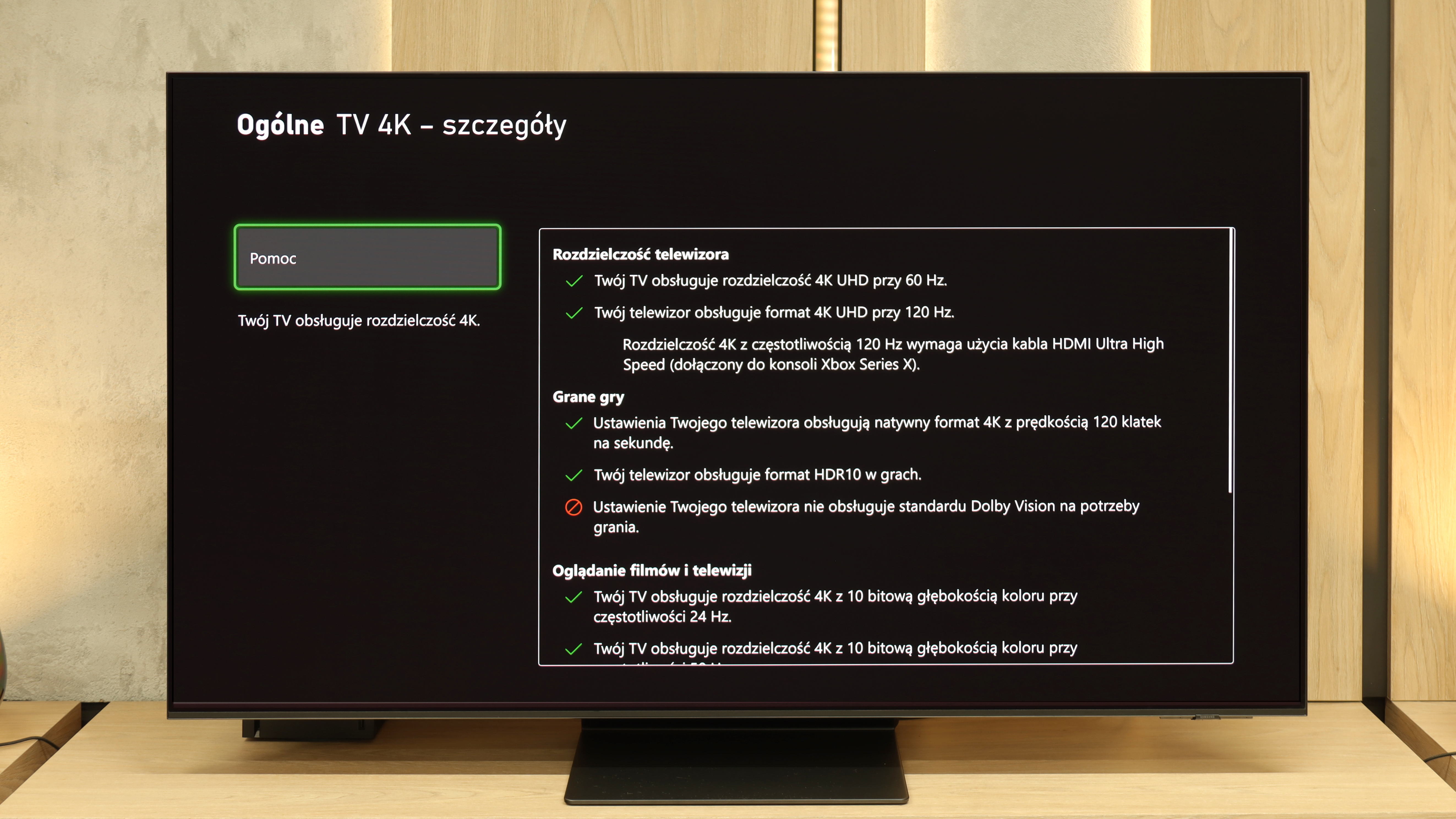

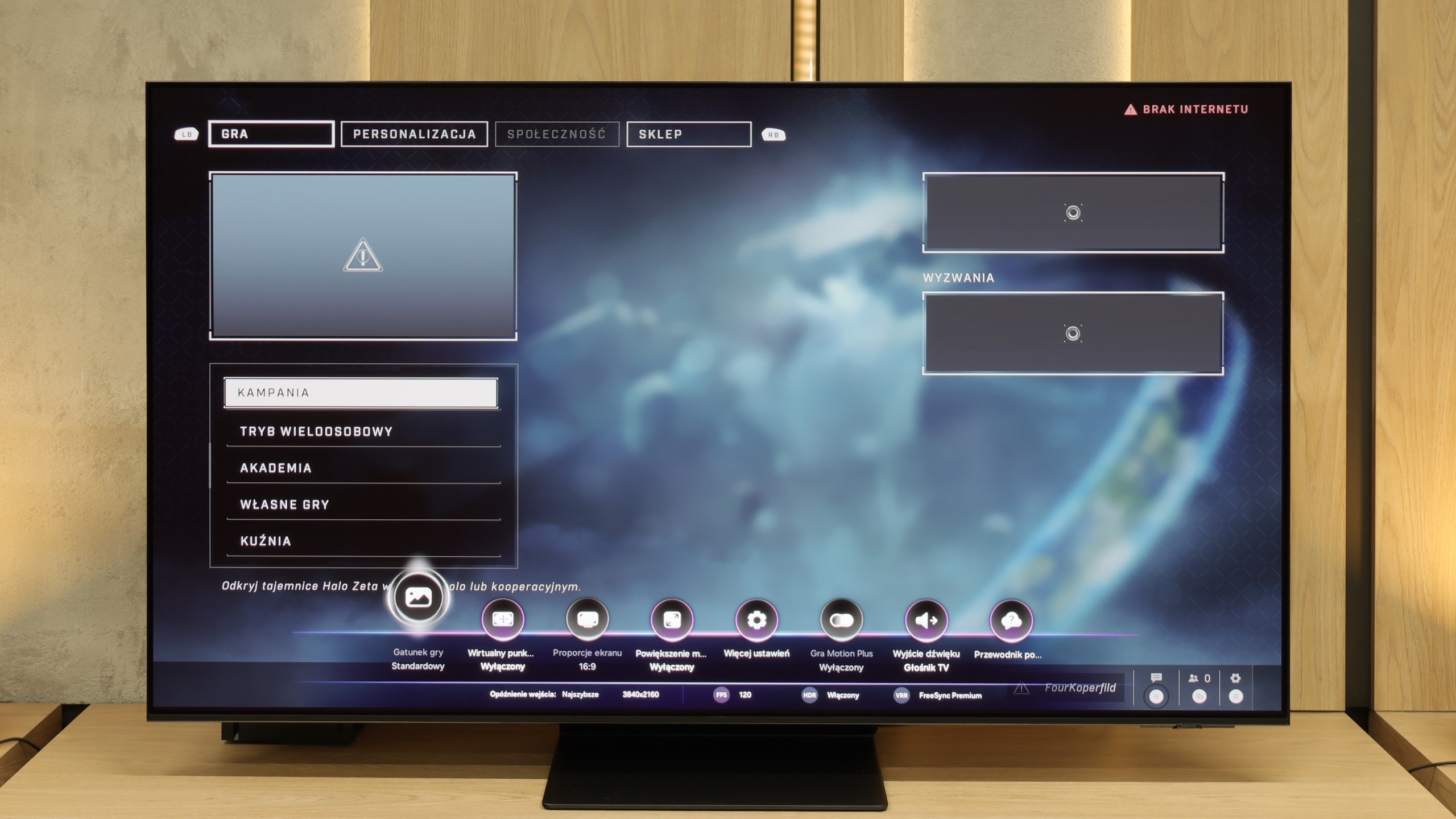

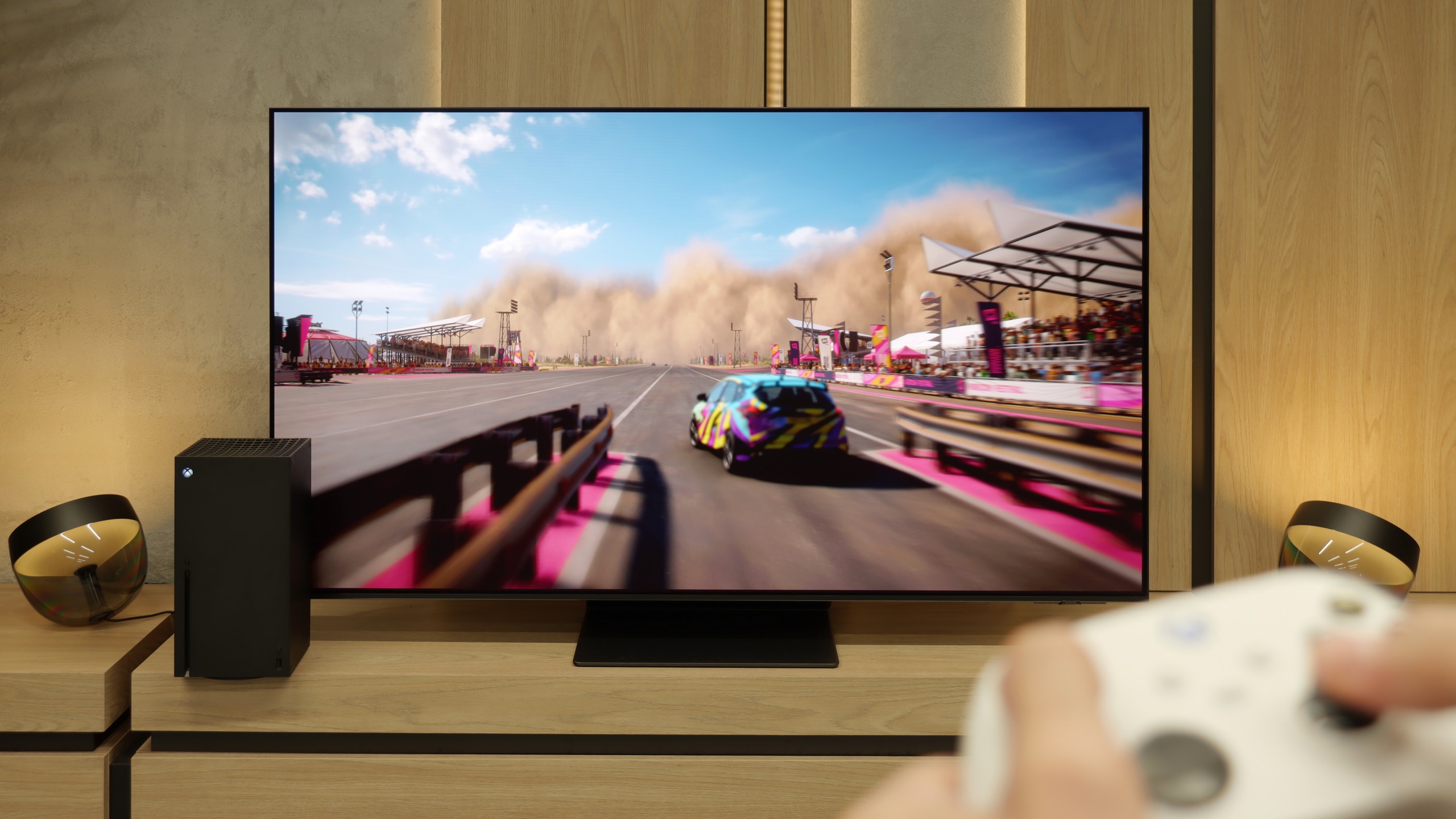
The Sony Bravia 9 television is equipped with four HDMI ports, but what is puzzling for a device of this class is that only two of them operate in the 2.1 standard. Despite this, it should not detract from the fact that nearly all features work excellently, providing a positive experience when using them. Games running in HDR10 or Dolby Vision benefit from low input lag, ensuring a comfortable gaming session. The solid implementation of the HGIG mode is a noteworthy feature, as, after proper calibration, it closely aligns with Dolby Vision.
Sony introduced the GameBar feature to its televisions last year, a standard for many manufacturers. This feature allows for quick adjustment of settings without exiting the game. Its implementation has been seamless, offering conveniences such as a crosshair grid, black level adjustment, and reducing the screen to gaming monitor proportions.
The Sony Bravia 9 will find its fans, particularly among PlayStation enthusiasts. It is a natural pairing since the console and the television share identical capabilities. However, more broadly speaking, despite the minor issues with Dolby Vision in games, the Bravia 9 remains a very good television for gaming overall.
The same advantages of low motion blur and excellent motion fluidity characteristic of OLED panels are just the beginning, as the Samsung S95F was designed with gamers in mind. The manufacturer has equipped it with four HDMI 2.1 ports – although limited to a bandwidth of 40 Gb/s, in practice, this has no impact on compatibility with consoles or PCs. We get a complete set of gaming features: variable refresh rate (VRR), automatic game mode (ALLM), as well as a very well-implemented HGiG standard, which allows HDR titles to appear as their creators intended. The whole thing is complemented by the Game Bar – a clear settings hub where we can preview and change all key picture parameters with one movement. The proprietary motion smoother Game Motion Plus also deserves praise, as it can smooth out animation, which is particularly useful in productions running at 60 frames, where stability is not always exemplary. Although support for Dolby Vision in games is lacking, it is hard to consider this a serious drawback – Samsung compensates for it with other solutions. This is one of the best, if not the best, gaming TVs available today on the market.
Input lag
9.7/10
10/10
SDR
HDR
Dolby Vision
The delay time on the Sony Bravia 9 remains impressively low in all scenarios. Even the most dedicated gamers will appreciate the exceptionally low input lag, particularly when playing demanding 4K 120 Hz games with HDR, which measures just 10 ms.
The input lag in the S95F is at a level where it's hard to even talk about delay. 5 ms with 120 Hz content means there’s no room for hesitation between pressing the button and the response on the screen. It’s pure immediacy. And if someone is concerned about the 60 Hz mode – no worries, there we’re talking about 10 ms, which is still a value that places the television among the absolute top and doesn’t give any reason for complaints.
Compatibility with PC
7.6/10
8.8/10

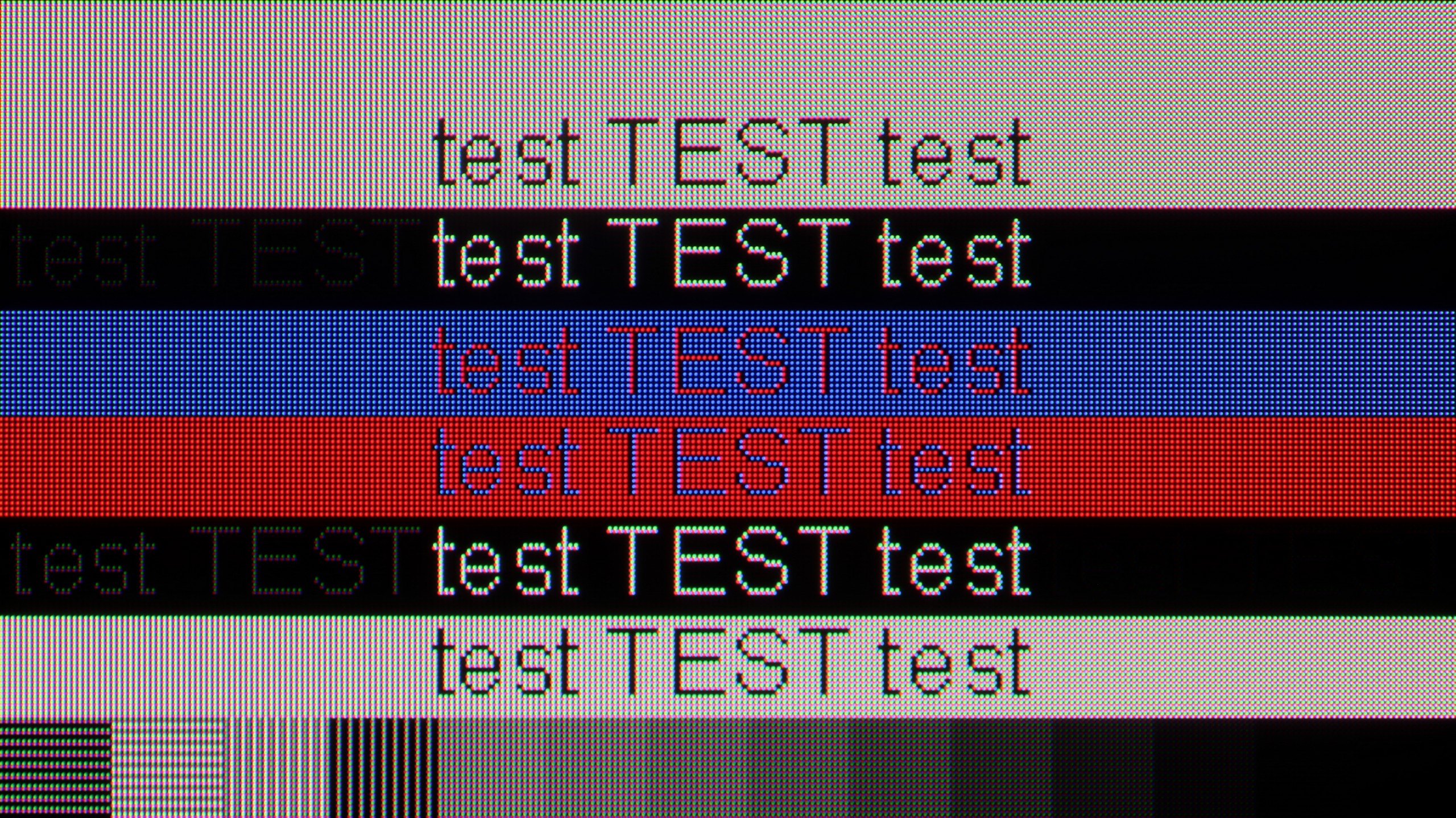
The Sony Bravia 9 delivers excellent performance when combined with a PC, thanks to its low latency of just 9 ms, ensuring an immediate response between the mouse, eye, and screen. This is particularly beneficial for tasks that require precise, real-time feedback. The text readability on the TV is also commendable, especially when switched to "Game" mode, which provides the clearest display. In other modes, text might appear less readable.
The subpixel layout on the Bravia 9 is BGR, which doesn't significantly impact its use as a monitor. While operating systems aren't designed for this layout, causing slight blurring on edges in some cases, the difference is so minimal that only a few users might notice it.
S95F with QD-OLED panel is a real magnet for PC gamers. The 165 Hz refresh rate combined with virtually unnoticeable input lag and full support for G-Sync and FreeSync makes the TV operate like a high-end monitor. Dynamic action games, shooters, and racing games gain fluidity and responsiveness that are hard to find in competing models. While working with text, one can notice a subtle rainbow halo around the letters, characteristic of the subpixel arrangement of QD-OLED, but thanks to proper handling of chroma 4:4:4, everything remains readable and does not interfere with daily use.
Viewing angles
7.4/10
9.8/10
The Sony Bravia 9 performs well in terms of viewing angles, thanks to the application of an angle coating. This reduces the typical colour degradation and contrast drop often seen in TVs with VA panels. While a significant deviation from the central axis does lead to some image instability, the overall viewing experience remains positive, offering better off-axis performance than many other VA panel-equipped televisions.
The Samsung S95F with a QD-OLED panel currently offers some of the best viewing angles on the market. Whether we are sitting perfectly straight or on the side of the couch, the image remains consistent – colors do not lose intensity, and contrast does not deteriorate. This is a screen where it's hard to find a weak point in this category.
TV efficiency during daytime
9.5/10
7.1/10

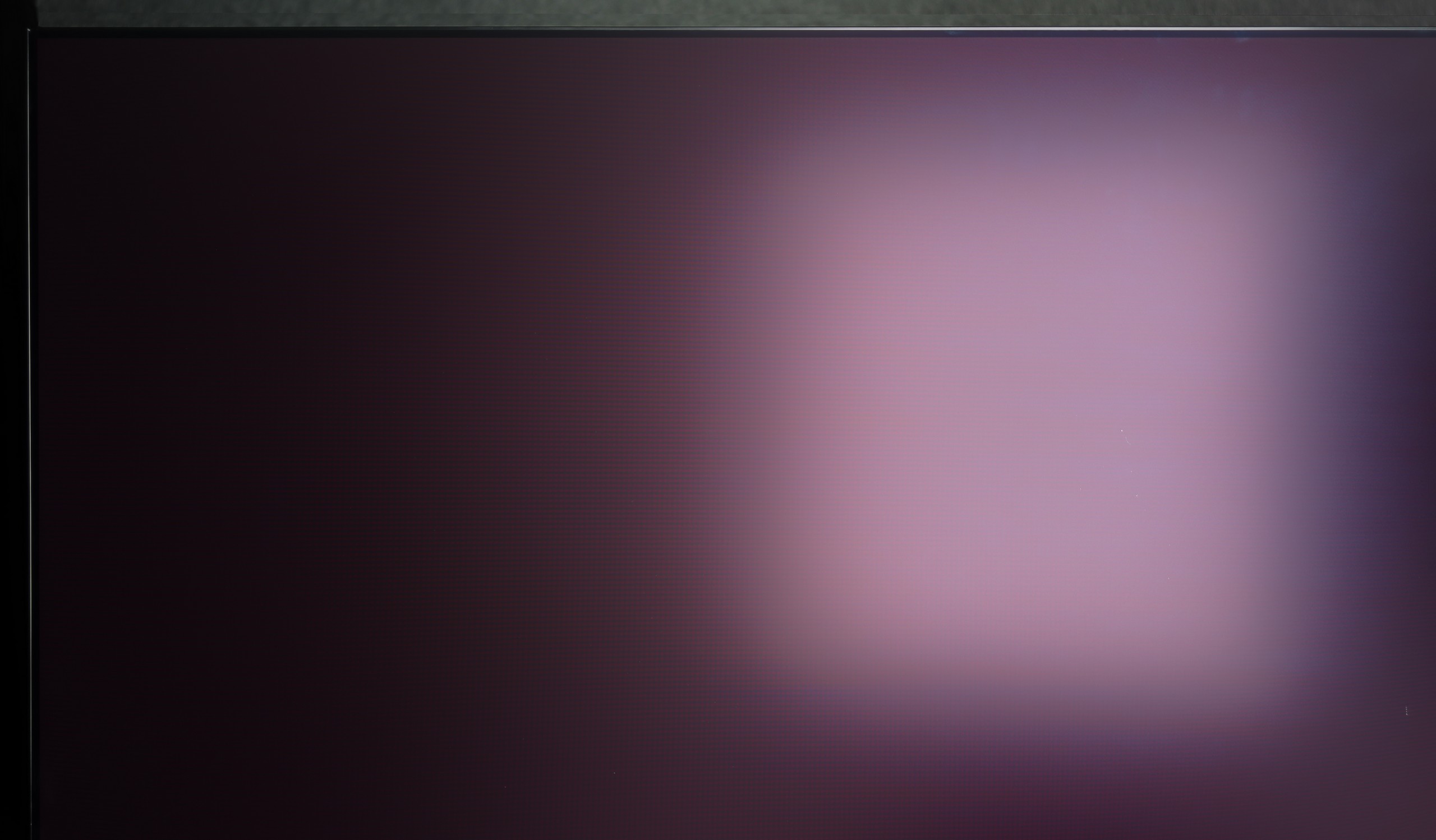

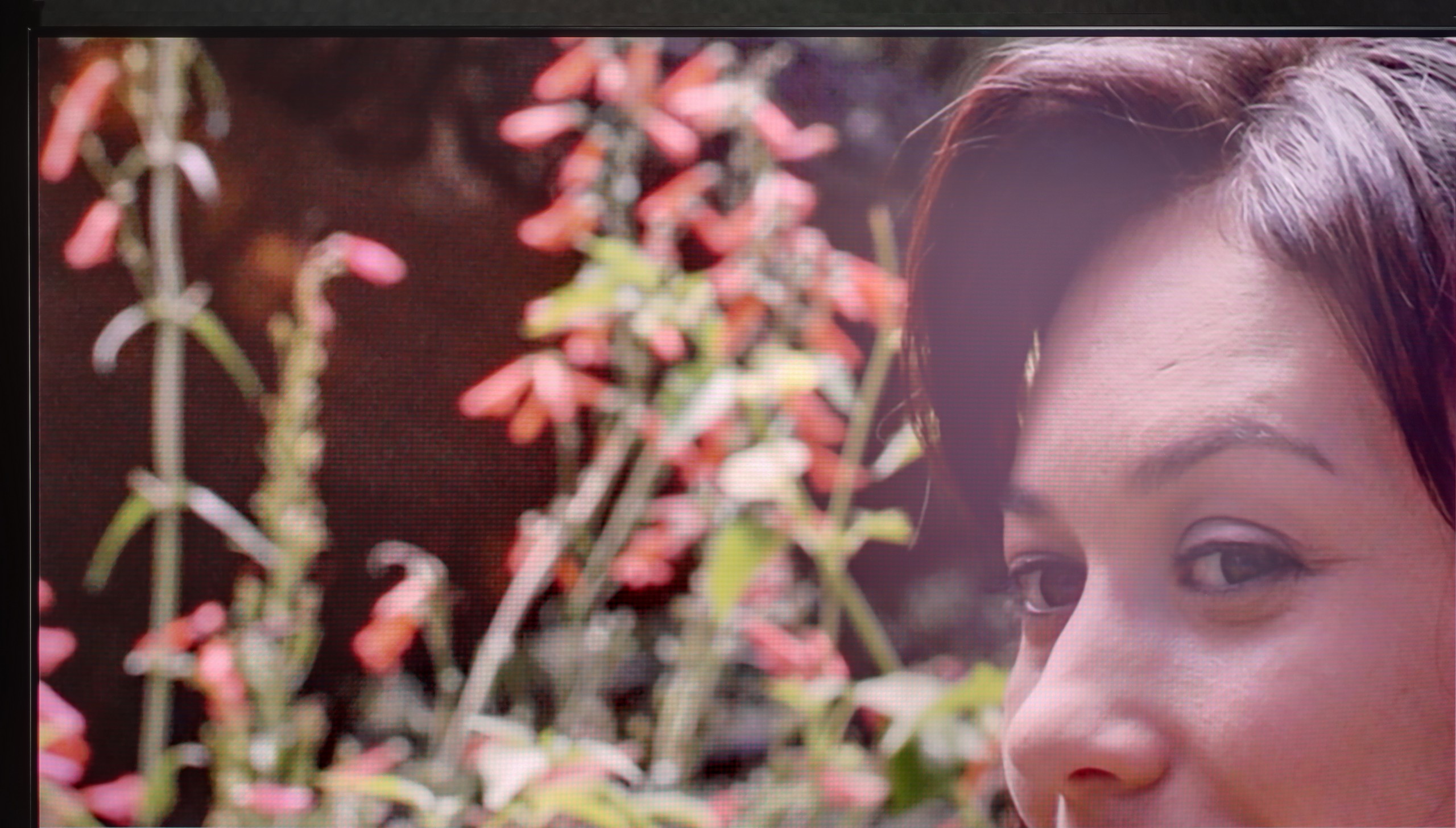
Matrix brightness
Average luminance SDR
SAMSUNG OLED S95F (QD-OLED): 671 cd/m2
Sony Bravia 9 (XR90): 1609 cd/m2
The Sony Bravia 9 excels in bright environments, with a peak brightness of 1600 nits. This allows for a comfortable viewing experience even when the TV is exposed to harsh angled light. Reflections are minimal and do not significantly affect the viewing quality, making it highly suitable for watching during the day. As a result, the Bravia 9 earns an almost perfect score for its performance in well-lit conditions.
One of the biggest distinguishing features of the Samsung S95F compared to the competition is the matte screen coating. This solution performs best on the market in suppressing reflections and glare—images remain clear even in a brightly lit living room. However, it's important to remember that the characteristics of the QD-OLED panel come with a certain compromise. Under intense light, blacks can brighten, taking on a shade of cherry black, which affects color saturation. On the other hand, the brightness of the panel, reaching around 700 nits in SDR mode, is fully sufficient for the TV to perform flawlessly in typical daylight conditions.
Details about the matrix
Subpixel Structure:

Panel uniformity:

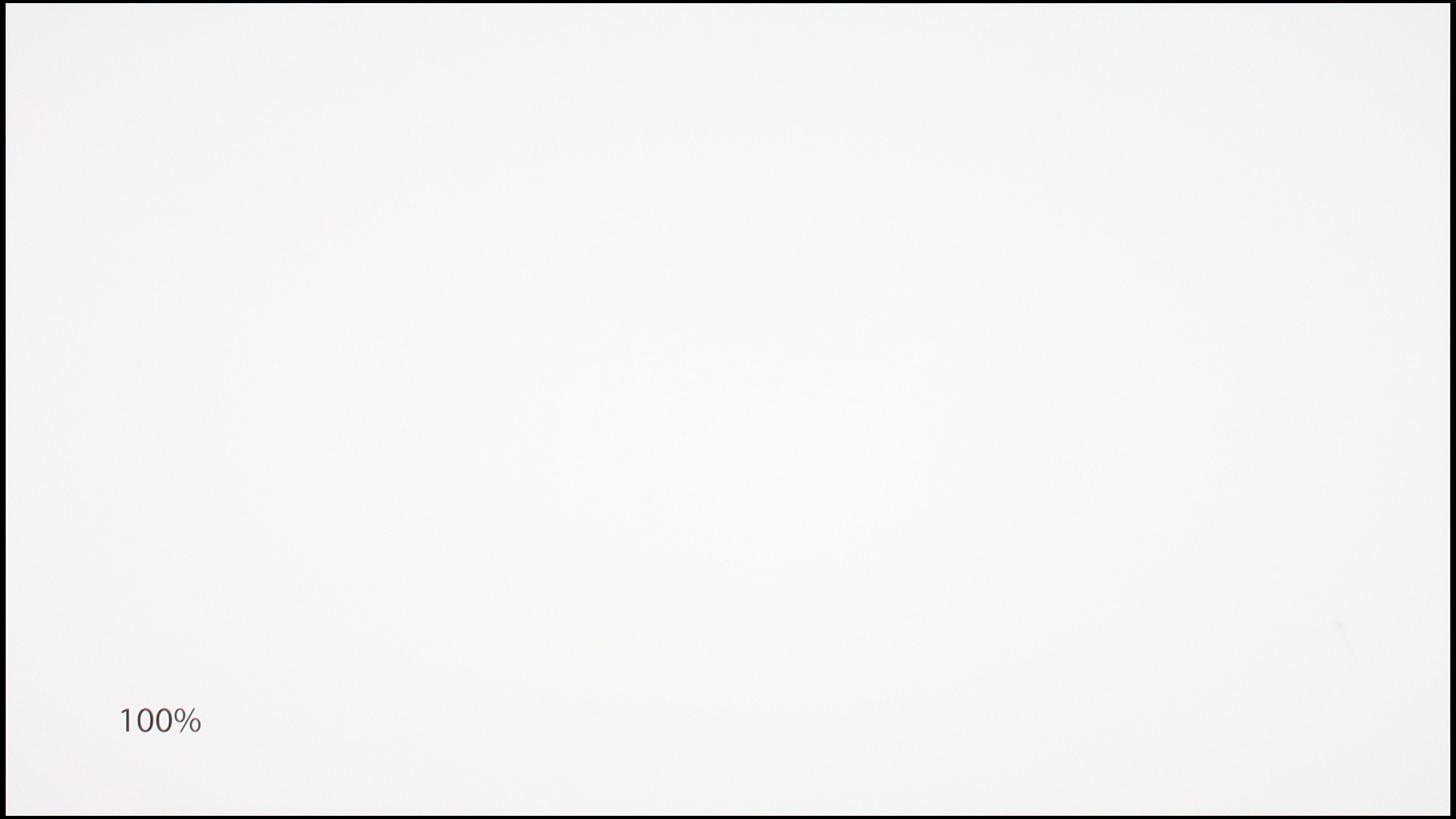
Sony Bravia 9 (XR90)
SAMSUNG OLED S95F (QD-OLED)
TV features
9.4/10
7.9/10
- HDMI inputs2 x HDMI 2.0, 2 x HDMI 2.1 48Gbps0 x HDMI 2.0, 4 x HDMI 2.1 40Gbps
- OutputsToslink (Optical audio), eARC (HDMI), ARC (HDMI)Toslink (Optical audio), eARC (HDMI), ARC (HDMI)
- Network InterfacesWi-Fi 2.4GHz, Wi-Fi 5GHz, Ethernet (LAN) 100MbpsWi-Fi 2.4GHz, Wi-Fi 5GHz, Ethernet (LAN) 100Mbps
- TV receptionDVB-T, DVB-T2, DVB-S, DVB-S2, DVB-CDVB-T, DVB-T2, DVB-S, DVB-S2, DVB-C
Classic features:
- Recording to USB (terrestrial TV)
- Recording programming
- Picture in Picture (PiP)
- RF remote control (no need to aim at the screen)
- Backlit remote control
- Teletext
- Audio only mode
- Possibility to connect Bluetooth headphones to the TV
- Possibility to simultaneously use Bluetooth headphones and the TV speaker
Smart features:
- AirPlay
- Screen mirroring (Windows Miracast)
- Wyszukiwanie głosowe
- Voice search in native language
- Ability to connect a keyboard and mouse


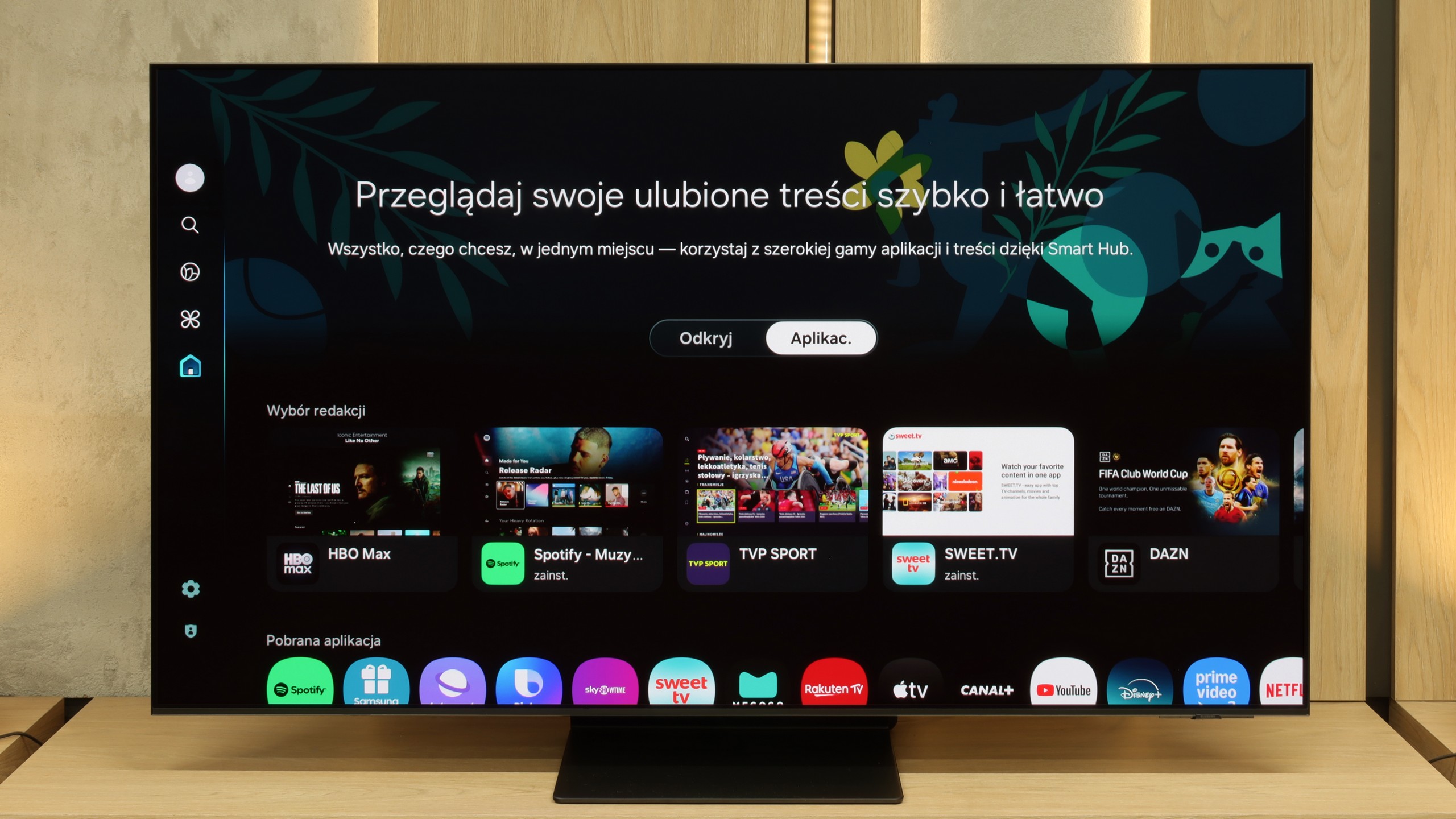
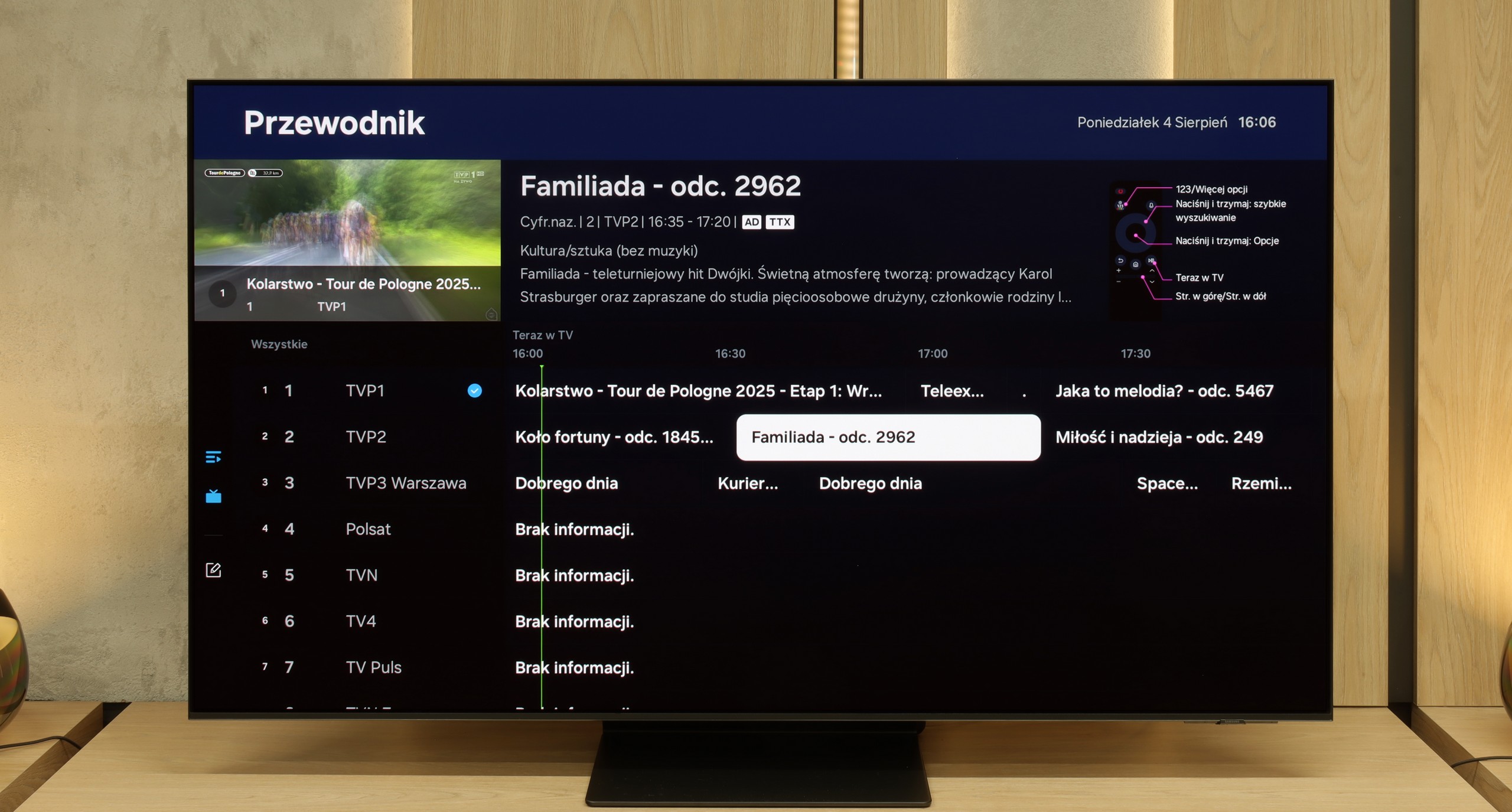
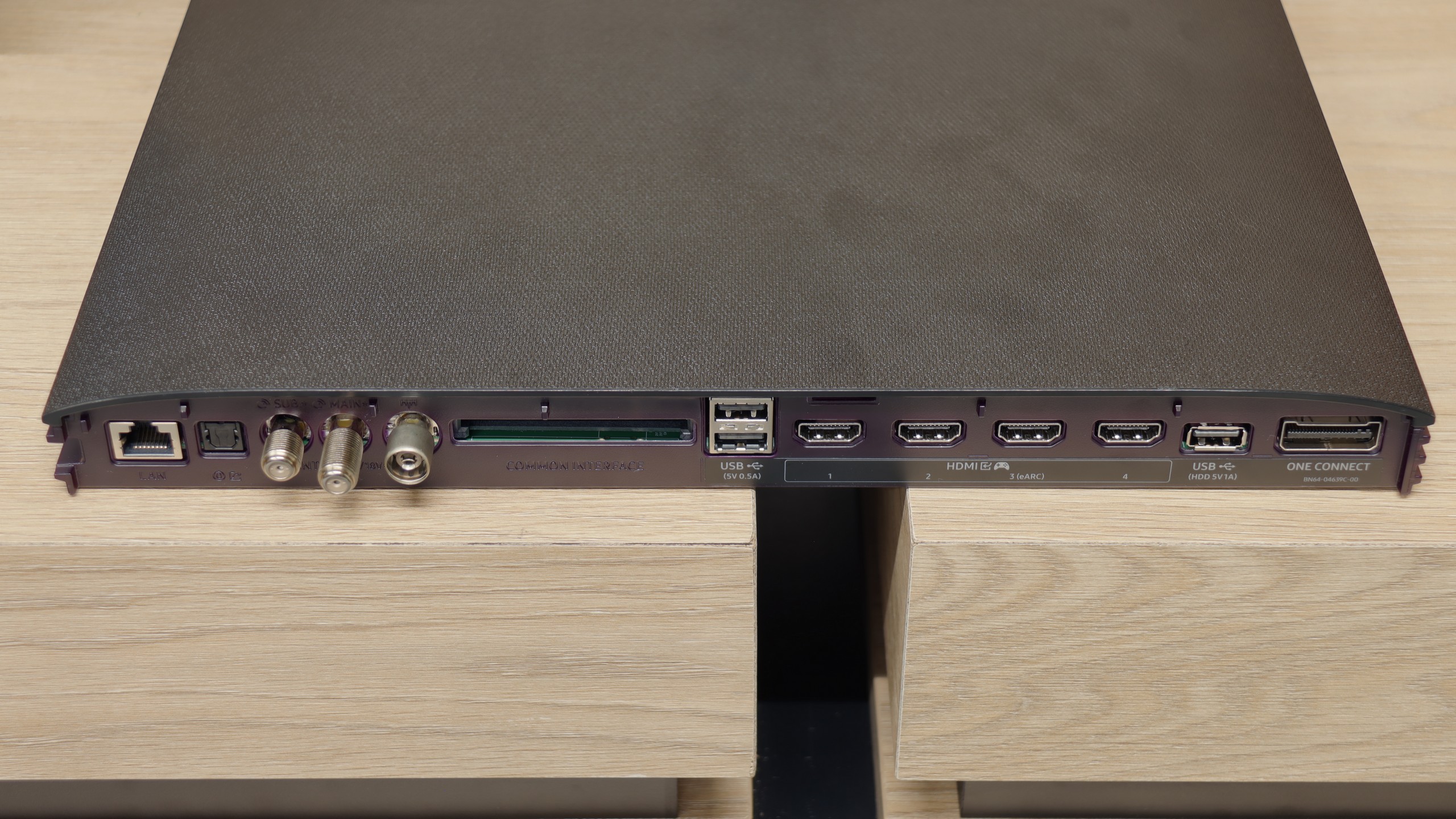
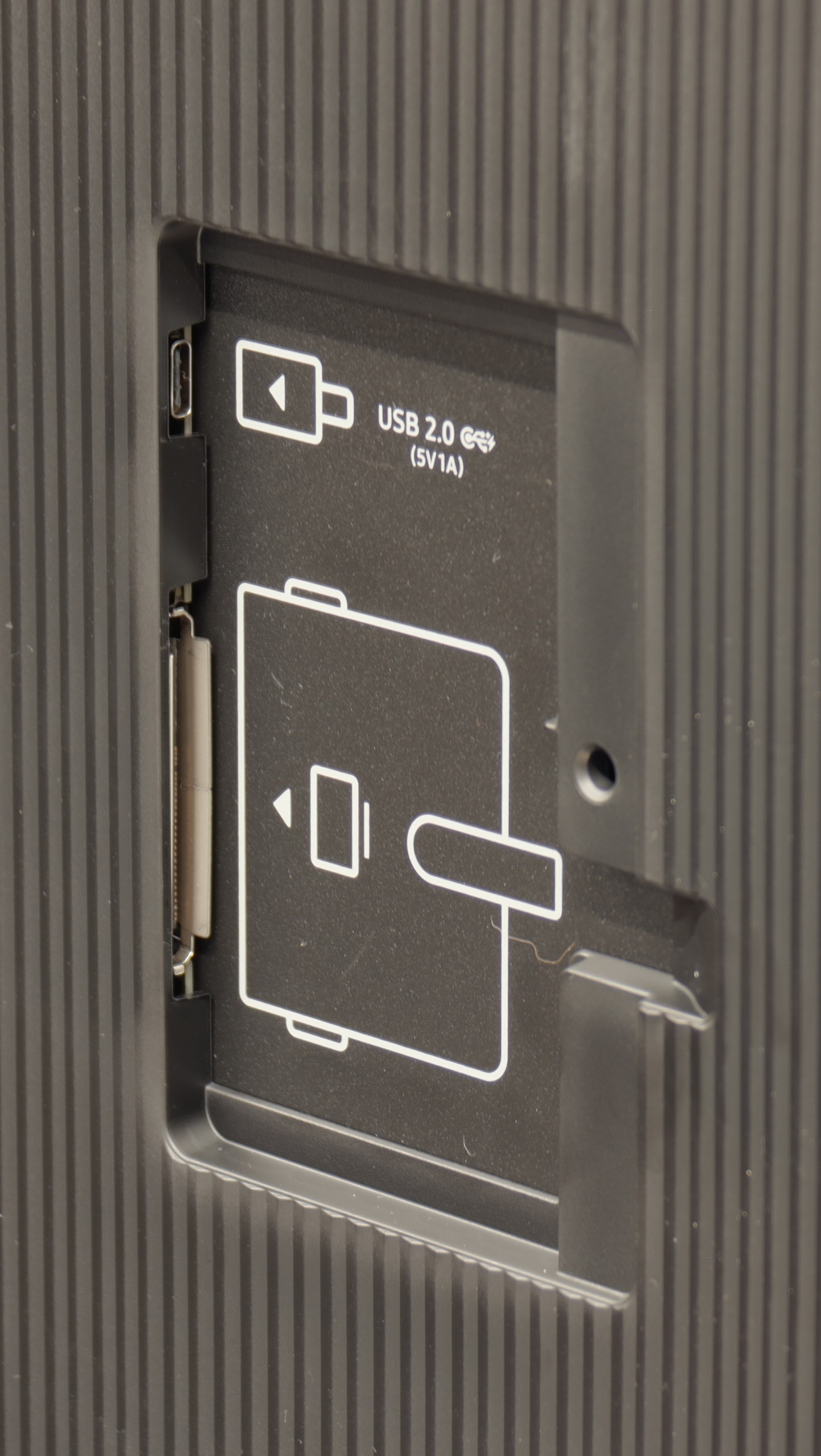
The Sony Bravia 9 benefits from the Google TV system, which stands out compared to TVs with proprietary operating systems. Google TV allows for the easy installation of applications from the official store and external sources via APK files. This flexibility makes it a more accessible option for users who want to expand their TV's functionality.
Additionally, Google TV offers various user-friendly features, such as connecting a keyboard with a touchpad, which makes typing queries more convenient. Voice control via the remote also works effectively, though there are occasional minor issues with translation. Google TV is regularly updated, enhancing functionality and adding new features, although some users have reported occasional performance hiccups.
Overall, Google TV is one of the most popular and efficient systems, offering a smooth experience with minimal lag or freezing. For those seeking an open, feature-rich system that maximizes the potential of their TV, Google TV is the best option.
SmartTV in S95F: Tizen
Against the competition, the Samsung S95F not only shines with its picture but also shows that smart features can be truly well thought out. Tizen runs very fast, doesn't freeze, and gives the impression that everything is at your fingertips – from AirPlay to simple voice search that works even when the remote is lost somewhere. Yes, the system is not as open as Android, but frankly, few will feel its shortcomings – there are plenty of apps, and additional features like integration with SmartThings only enhance the sense of completeness.
Classic Features of S95F
Interestingly, Samsung reminds us that a television is still a television. Therefore, alongside modern gadgets, we also find classics – PiP, teletext, or the option to pair headphones via Bluetooth. There's no USB recording from DVB-T/T2 tuners, but instead, we get a remote that can also control the Canal+ decoder and other devices in the living room. And the cherry on top is the One Connect module – all the ports in a separate box, making connecting equipment no longer an extreme sport.
Playing files from USB
8.7/10
9/10
Supported photo formats:
Maximum photo resolution:

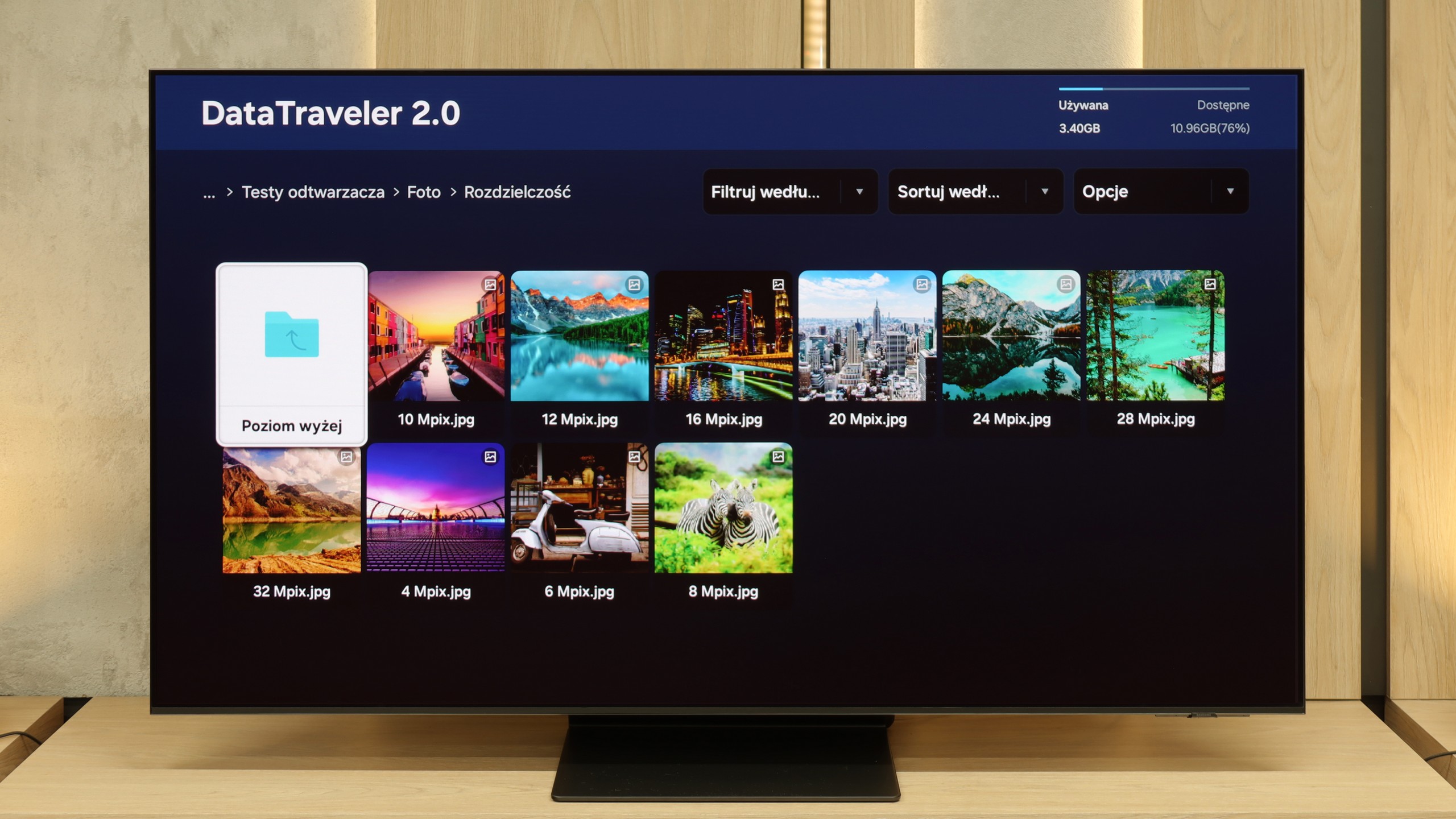
The built-in player in the Sony Bravia 9 performs well, handling a wide range of media files with ease. However, it does have a few limitations. Notably, it does not support certain subtitle formats like .sub or .txt, and its image format support is limited to JPEG and HEIC, which may be a drawback for users with diverse media collections. That said, these shortcomings are not major issues, as the ability to install third-party applications like VLC or KODI provides an easy workaround for those seeking broader compatibility. Overall, the built-in player offers solid performance, and with the flexibility of additional apps, users can enjoy almost any media format without trouble.
The built-in player in the S95F works well – movies and music start without any problems, so it's perfectly sufficient for everyday use. The issues begin when we expect full compatibility with what the manufacturer claims. Not all photo formats work, and HEIC files simply refused to cooperate. However, for most people, this won't be a barrier – for basic applications, such a player performs flawlessly.
Apps
9.6/10
8.7/10














































Sound
9.4/10
8/10
- Subjective sound quality:9.4/108/10
- Dolby Digital Plus 7.1:
- Dolby True HD 7.1:
- Dolby Atmos in Dolby Digital Plus (JOC):
- Dolby Atmos in Dolby True HD:
- DTS:X in DTS-HD MA:
- DTS-HD Master Audio:
We must admit that the sound from the Sony Bravia 9 impressed us. While we anticipated high-quality audio from such a top-tier product, the sound quality exceeded expectations. Every instrument is distinguishable, and the bass adds a solid depth to the overall experience. Without a doubt, this is the best-sounding television we've had the opportunity to test. Of course, we understand that many buyers of this kind of premium TV will already own a home theatre system. Thankfully, the Bravia 9 supports DTS-HD Master Audio and Dolby Atmos, meaning there are no significant obstacles when connecting it to more advanced audio setups. This ensures a seamless integration for those looking to enhance their audio experience even further.
The built-in speakers of the S95F can pleasantly surprise – they sound nice and clear, and despite the sleek design of the television, it's hard to say that the sound is flat. Sure, there could be more bass, but that's a natural compromise with such a thin casing. For daily watching of movies or series, the setup works wonderfully. Those who enjoy stronger sensations should consider a soundbar – preferably one with Q-Symphony support. Then the television's speakers and the Samsung soundbar work together.


